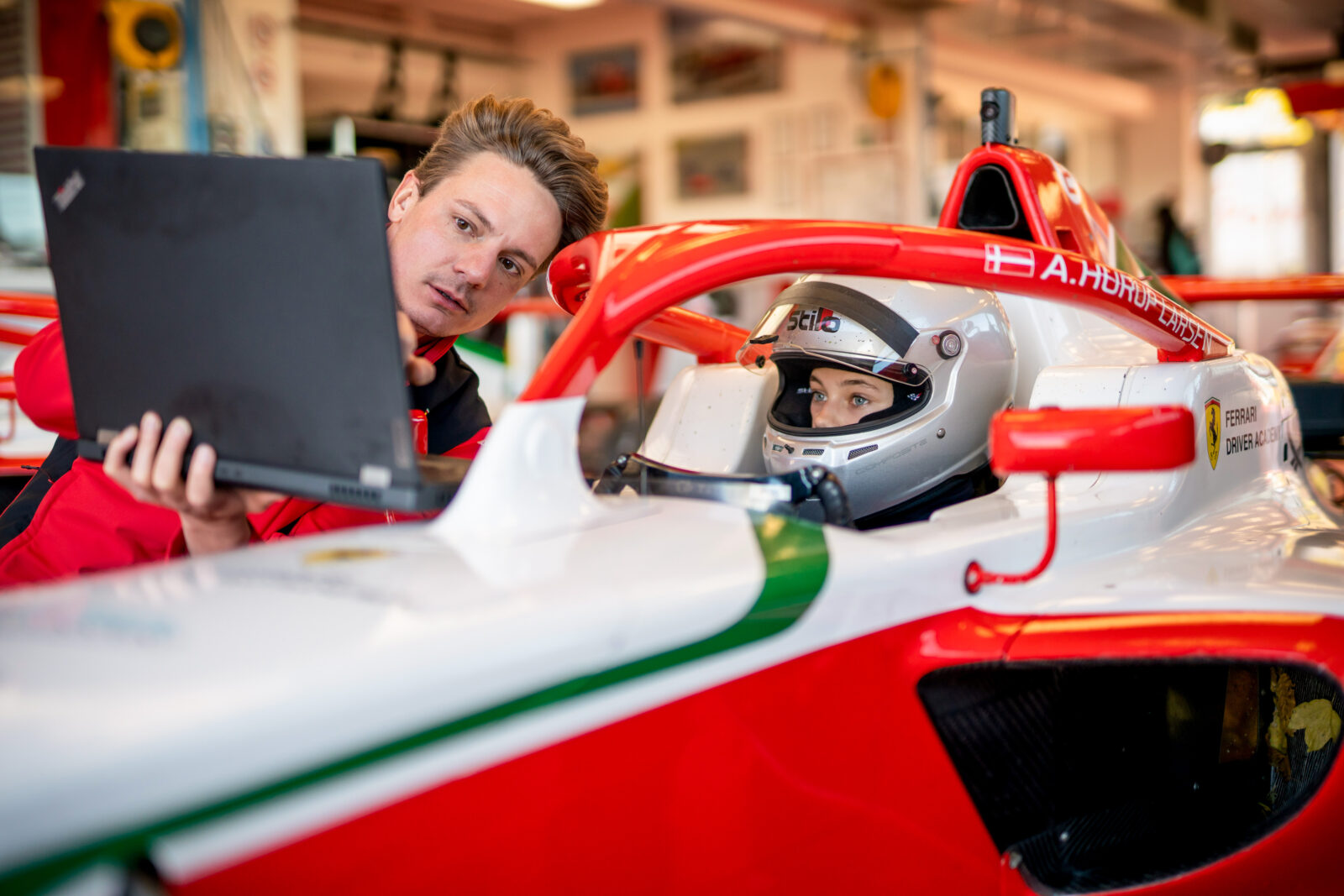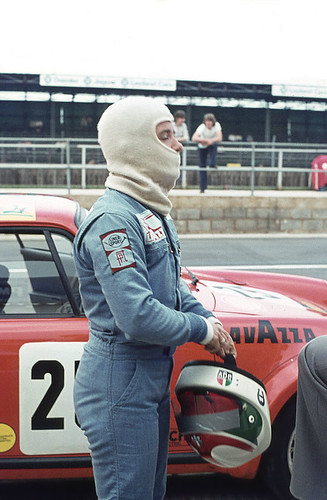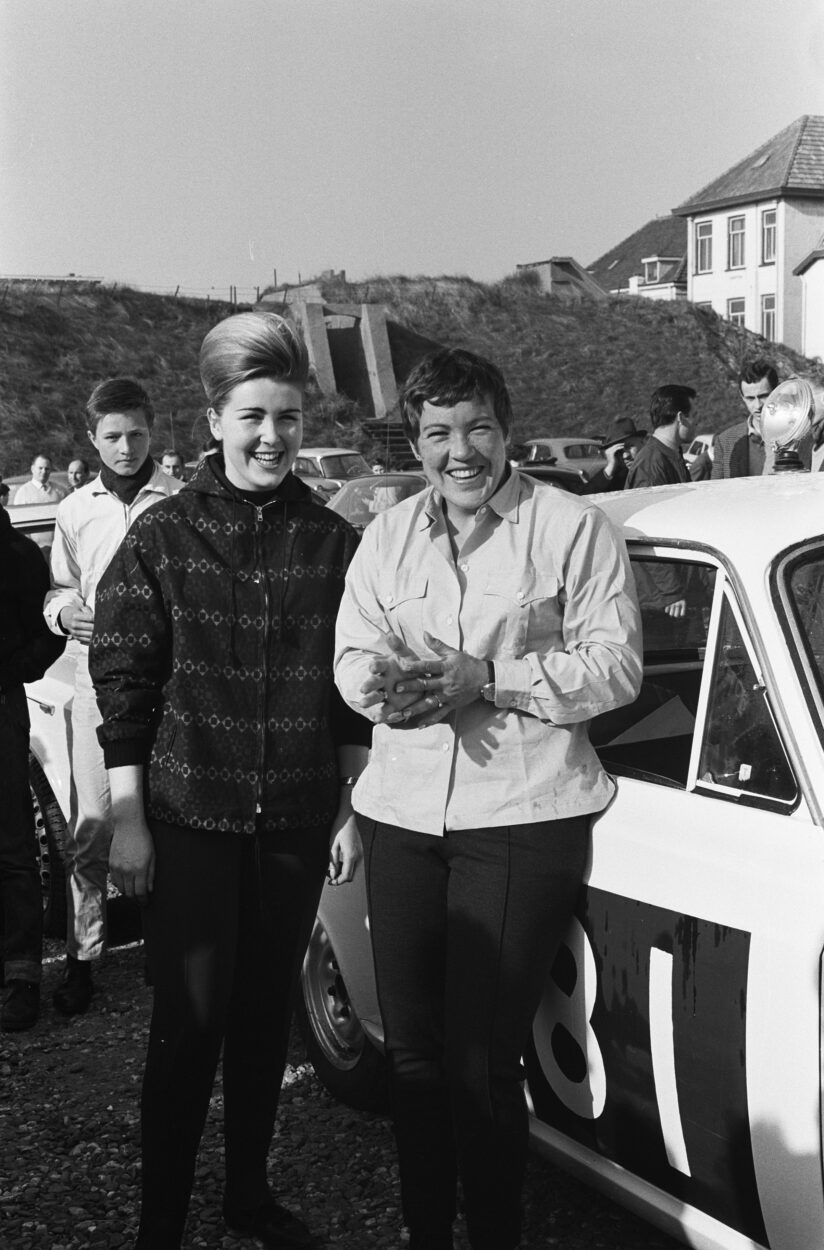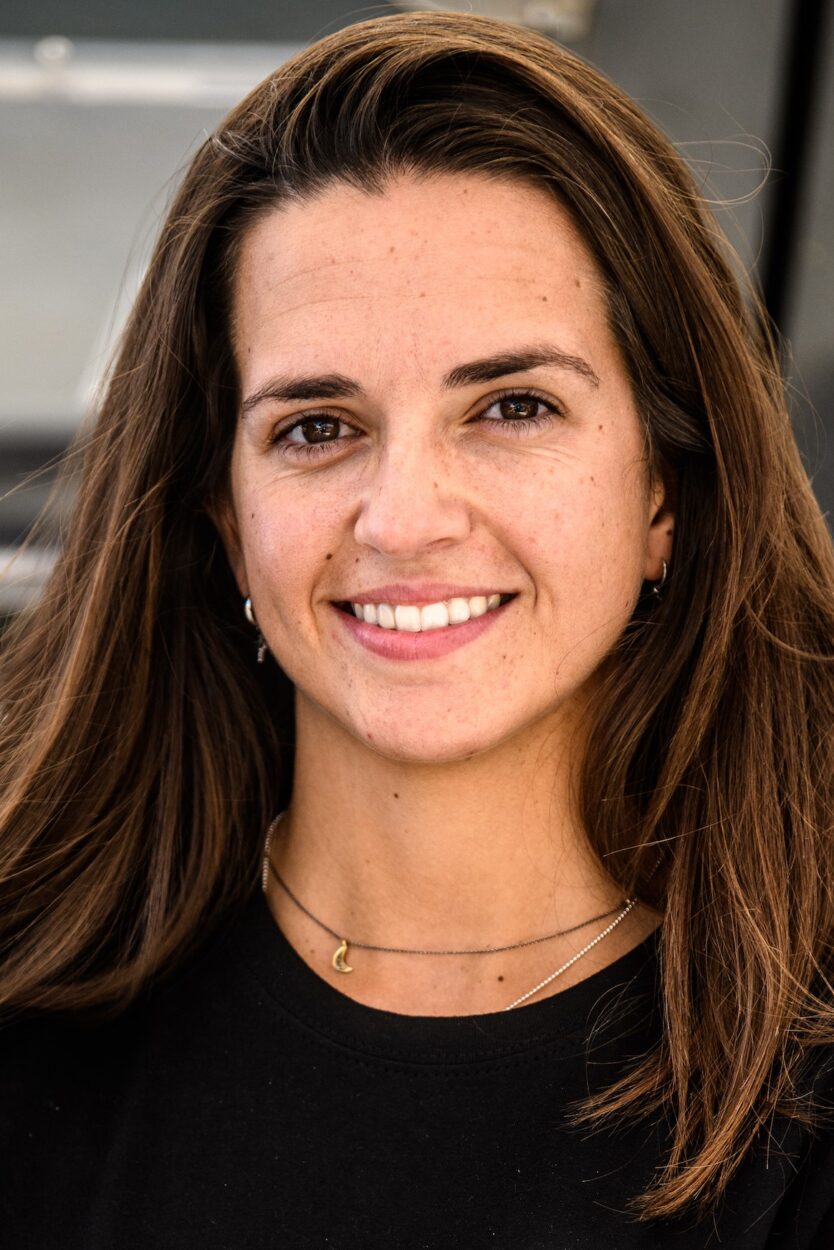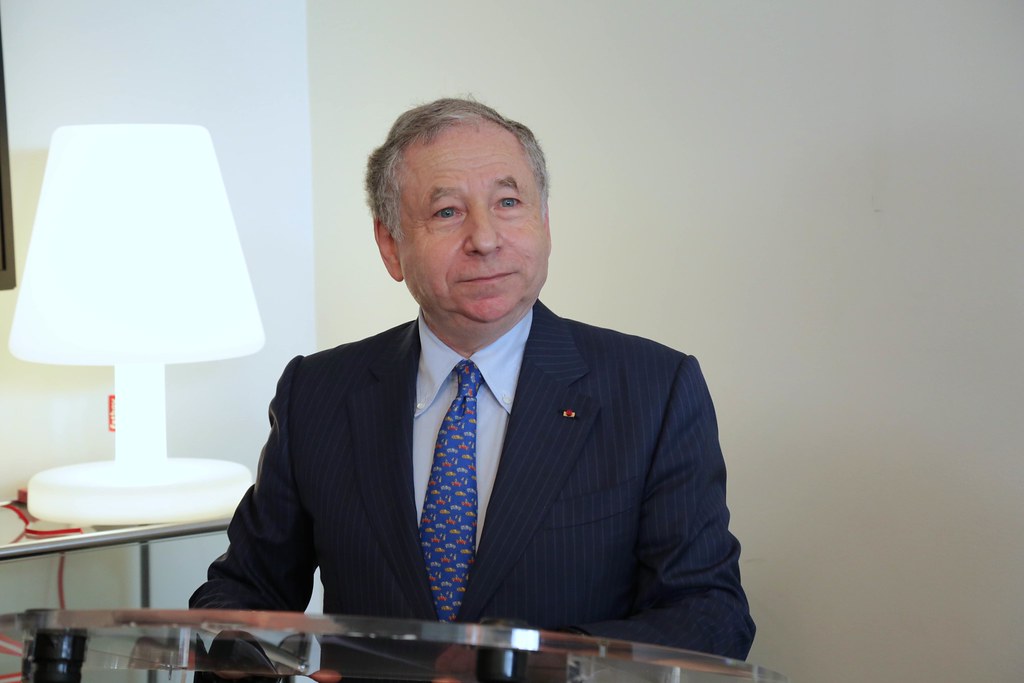For some physical differences, there are sports where women cannot compete against men. However, motor racing is not one of them. Because at the wheel of a sports car, there is no difference whether it is a female or male racing. Both have equal chances to finish first. Thus, from the first car races to the glory days of the Indianapolis 500 and Formula 1, motorsport history has seen many women outdo men on the track, but why are there no female race car drivers at the top of motorsports today? Here are myths and facts to help you make your final standpoint.
- Myth #1: Car Racing Has Been Splitting By Gender Since Its Invention
- Myth #2: Women Aren't Interested In Motorsport
- Myth #3: Female Race Car Drivers Have A Smaller Talent Pool
- Myth #4: Women Can't Compete In Car Racing Because They Aren't As Strong As Men
- Myth #5: Separate Disciplines Helped Women Reach The Top Of Motorsports
- The Question Is Simple: Why Can't Female Run Alongside Male Racers?
Myth #1: Car Racing Has Been Splitting By Gender Since Its Invention
Fact: Top-level motorsports such as IndyCar, NASCAR, the World Endurance Championship (WEC), the World Rally Championship (WRC), Formula E, the Dakar Rally, and the Formula One (F1) have never been gender-specific. Even in the earliest races, there was no direct gender segregation, so women raced alongside men, although it wasn’t that simple.
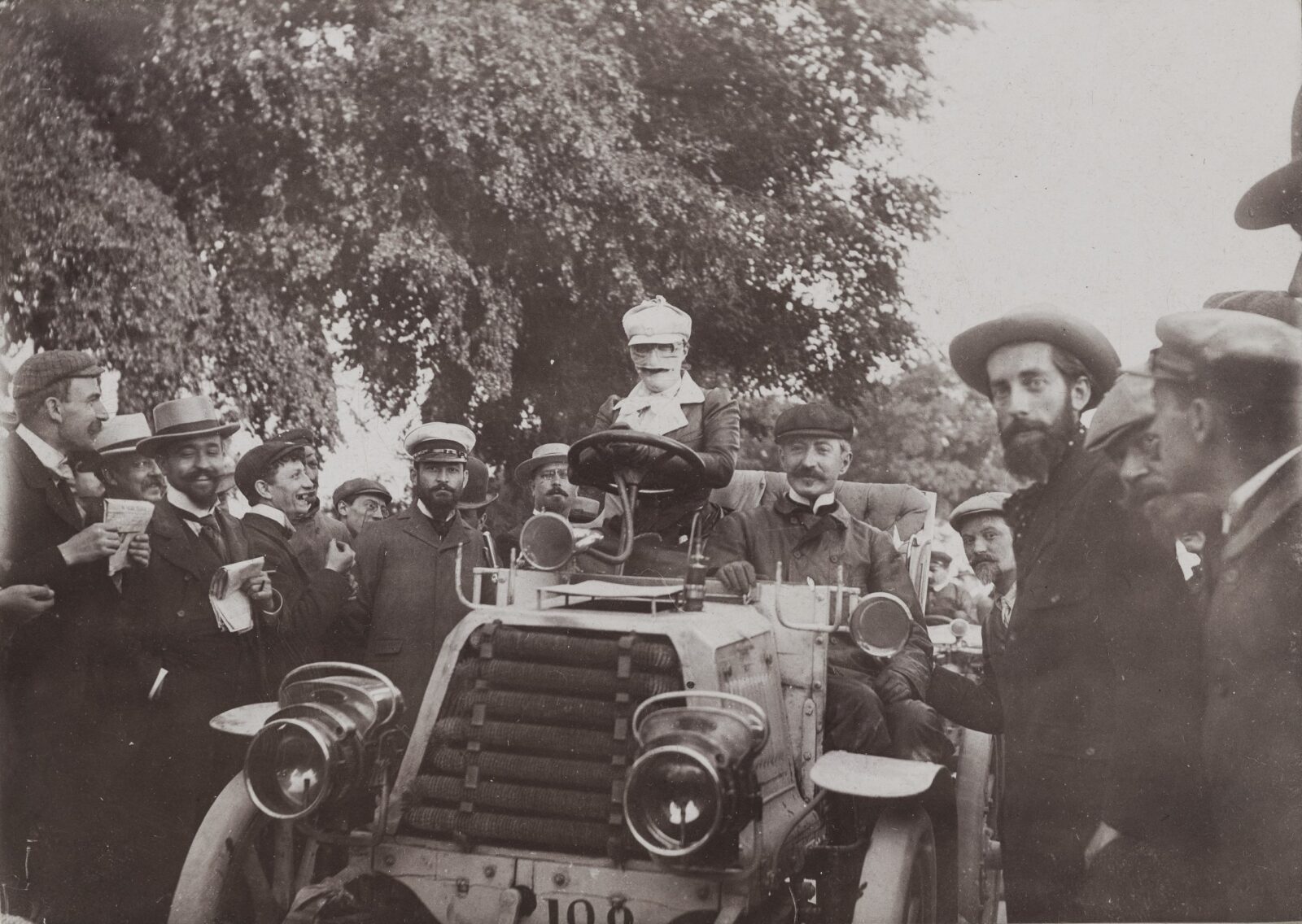
Dared To Race: Famous Female Race Car Drivers
Camille du Gast (Gordon Bennett Cup)
Camille du Gast was so impressed by the 1900 Gordon Bennett Cup race that she immediately bought a Peugeot and a Panhard et Levassor car to compete in the 1901 Paris-Berlin event. With Hélène van Zuylen, they became the two women participants in the event. Du Gast gained much respect and became the only female Automobile Club de France’s official.
Odette Siko (24 Hours of Le Mans)
Neither the male-dominated nature of the event nor the 14-kilometer distance of the Circuit de La Sarthe could stop Odette Siko. She competited in the 1930 Le Mans 24 Hours with Marguerite Mareuse.
She also finished fourth overall in 1932, which remains the best result ever for a female racer. Despite subsequent class wins, no woman has ever won Le Mans.
In endurance racing, Milka Duno took second in the 2007 24 Hours of Daytona to become the highest-finishing female driver. Japanese racer Keiko Ihara became the first Asian woman to complete Le Mans, finishing fourteenth overall in 2014.
Sarah Christian and Louise Smith (NASCAR)
Sarah Christian became the first female NASCAR driver at Charlotte Motor Speedway in 1949. Despite being the second woman in NASCAR,
Louise Smith ad won 38 races in numerous formats from 1949 to 1956 and earned the nickname ‘The First Lady of Racing.’
Lella Lombardi (Formula 1)
Debuting at the 1958 Syracuse Grand Prix at the wheel of Maserati, Maria Teresa de Filippis was the first Formula 1 female driver. However, Lella Lombardi finished 6th at the 1975 Spanish Grand Prix and is still the only woman to score points in F1.
Besides Formula 1, Lombardi won the 6 Hours of Pergusa and the 6 Hours of Vallelunga in 1977. She also competed in the 24 Hours of Le Mans in 1976 at the wheel of Lancia Stratos Turbo. Moreover, Lombardi tried the NASCAR race at the Daytona International Speedway in 1977. Also, she debuted in the DTM (1984), and founded her Lombardi Autosport team in 1989.
Pat Moss (WRC Rallying)
Although Pat Moss wasn’t as famous as her brother, Stirling Moss, she was a rally pioneer. Moss had raced alongside men. She finished 6th in the challenging 1963 Acropolis Rally at the wheel of a Lotus-tuned Ford Cortina.
Janet Guthrie (IndyCar, NASCAR)
After graduating with a degree in aerospace engineering in 1960, Guthrie turned to racing. She made history as the first female Indy 500 driver in 1977.
With two class wins at the 12 Hours of Sebring, Guthrie competed in 33 NASCAR races, finishing 6th at Bristol in 1977. She also participated in 11 IndyCar races, finishing 9th in 1978.
Reality: Despite the lack of gender segregation for female drivers, French women racers faced restrictions. After World War I, the disciplines became more available. However, motor racing has always been male-dominated, which time and circumstance have taken into account.
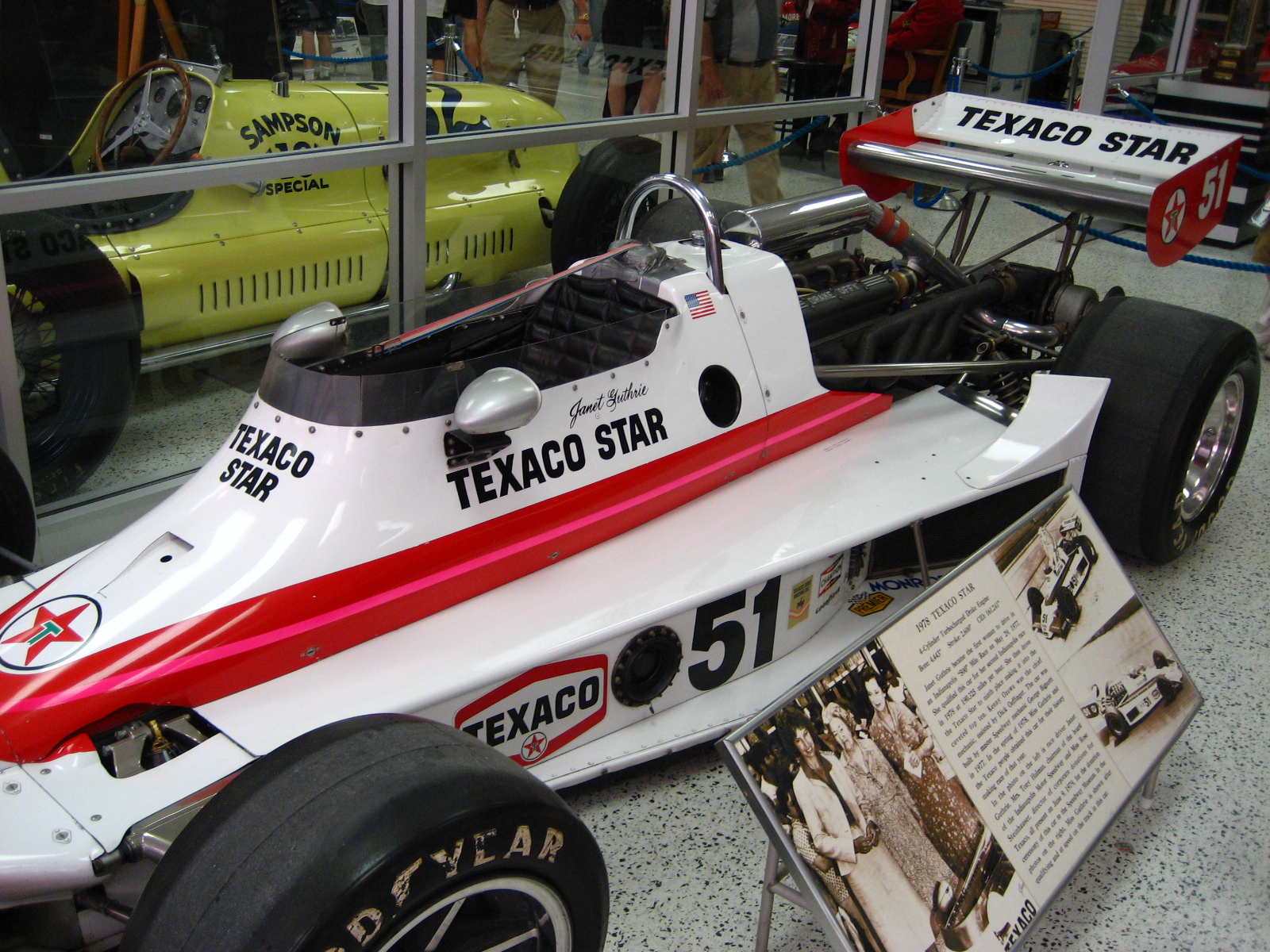
Myth #2: Women Aren’t Interested In Motorsport
Fact: Unseen at first glance, women have been involved in motorsports since the invention of the first vehicle, whether it be racing or even building and designing race cars.
Who Are The Pioneering Women In Motorsport?
When Carl Benz just patented the first gasoline-powered car, his wife Bertha soon drove it 106 km in 1888, becoming the first female driver ever.
If Camille du Gast was the first woman to compete in an international race, Madame Labrousse paved this way. She finished 5th in the Paris-Spa race in 1899.
Dorothy Levitt, the world’s fastest girl, and feminist pioneer, taught Queen Alexandra to drive and had a passion for racing. She set the record for the longest women’s race. Levitt he drove for over two days in the 1905 De Dion-Bouton race.
Women did not shy away from the most challenging races, like Eliska Junkova, who competed in the 1926 Targa Florio.
However, if you think women are only interested in becoming racers, you are probably wrong.
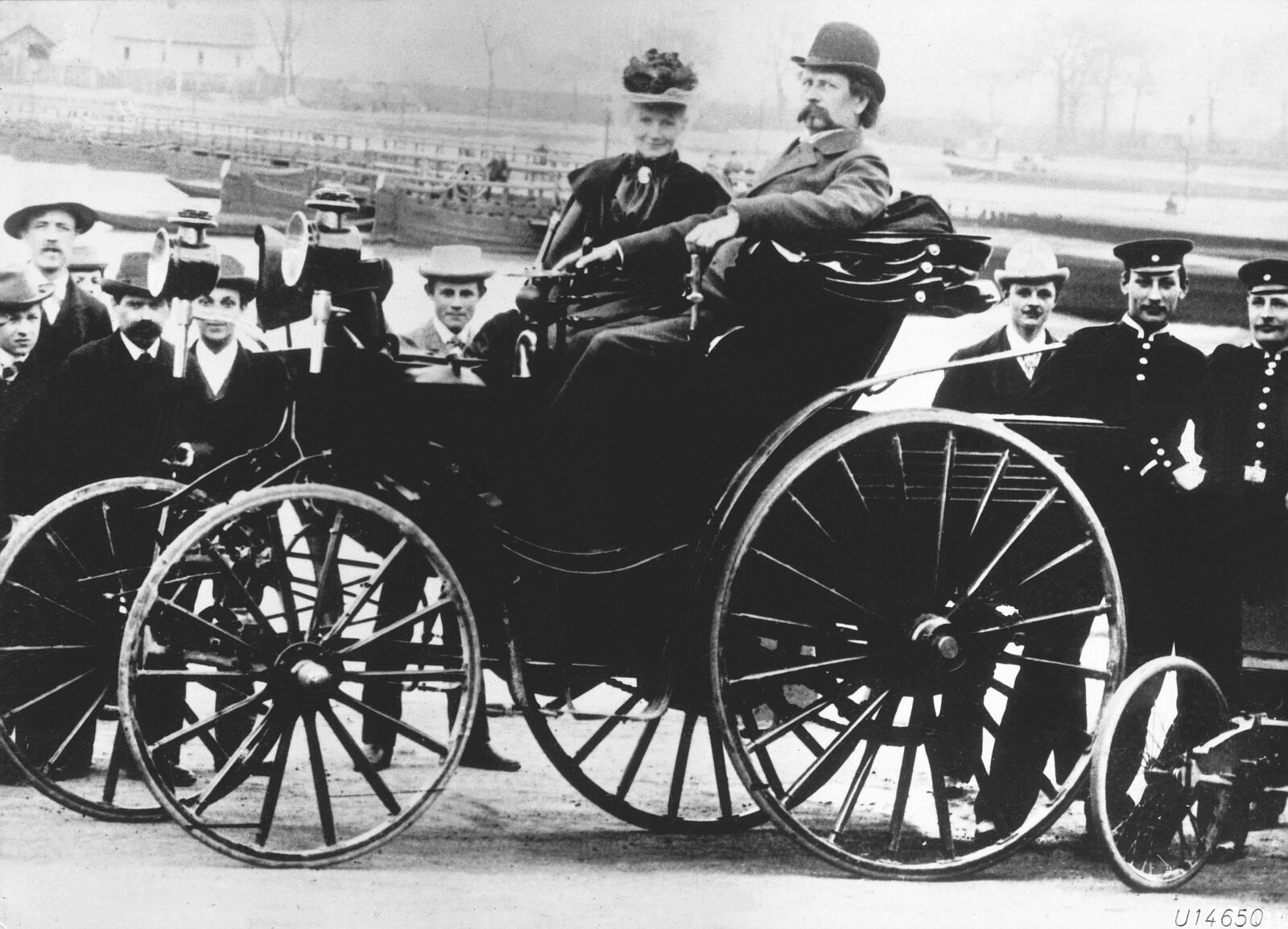
Who Are The Female Engineers Working In Formula 1?
Since the late 2010s, many young and talented women have joined Formula 1. For example, Emmie Jones, who spent four years as Lewis Hamilton’s technician at Mercedes, made history as the first female F1 race engineer for Red Bull in 2022. But she is not the only one.
Anna Saad has been passionate about racing since childhood. She joined the Haas F1 Team as a Junior Aerodynamics Engineer in August 2021.
After studying Mechanical Engineering at SUPMICROTECH-ENSMM, Carine Cridelich became Scuderia AlphaTauri’s Race Strategy Engineer.
Despite being a passionate dancer, Erin Grocott switched to motorsport and moved through the British Touring Car, W Series, Asian Formula 3. She joined Williams as an F1 mechanic, where Elizabeth Wood Bowyer works as a Performance Engineer.
Outside of work, Ellie Slater is a portrait artist, drawing Lewis Hamilton, Nico Rosberg, Daniel Ricciardo, and Max Verstappen. But at the track, she is an Electronics Software Engineer at Alpine F1. Slater worked as a simulation and modeling engineer at Red Bull Advanced Technologies and as a tire engineer at Mercedes before joining Alpine in 2020.
Amelia Lewis joined McLaren after studying Mechanical Engineering (MEng), and with track experience on the W Series, she has been a Performance Engineer Specialist since 2016.
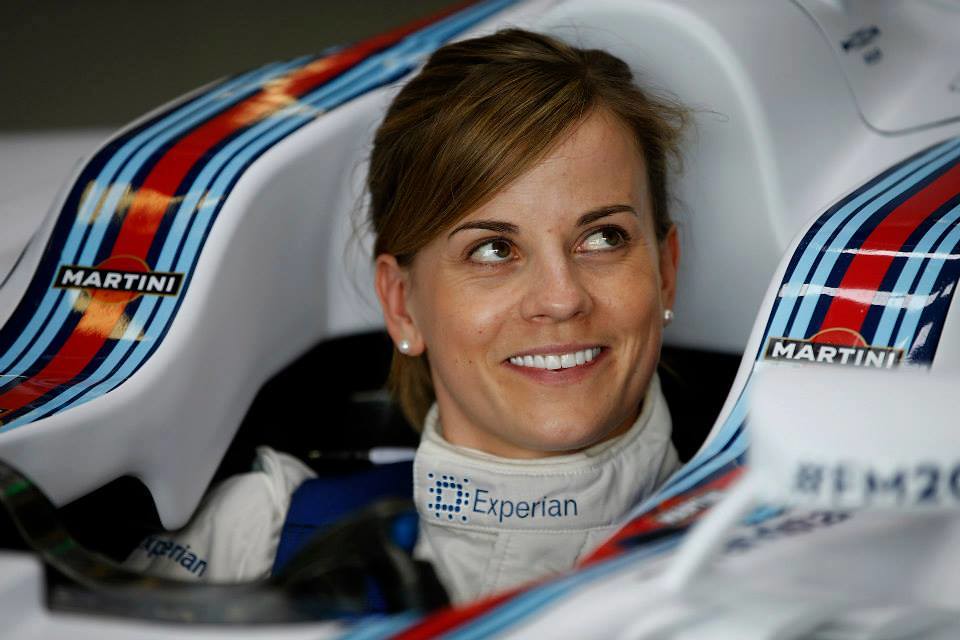
The Best Female Motorsport Engineers And Managers
Bernadette Collins (Aston Martin)
Bernie Collins, was the senior strategy engineer for Nico Hulkenberg at Sahara Force India (now Aston Martin) in the 2015 season.
Collins played a significant role in Sergio Perez’s career, helping him to a podium finish at the 2015 Russian Grand Prix. In addition, her work aided the team finish fourth in the 2016 Constructors’ Championship.
Collins served as Aston Martin’s head of race strategy from 2020 to 2022. She is currently a Formula One strategy analyst for Sky Sports and F1TV.
Julie Coulter (McLaren)
Many F1 fans have mentioned McLaren’s progress, but not all know that Julie Coulter joined the team in 2020 as an Aero Planner Buyer. She studied mechanical engineering at Queen’s University Belfast, and won the Royal Academy of Engineering’s Engineering Leadership Award.
Coulter is a Project Engineer at McLaren, working on the fuel, electrical, cooling, and steering systems that underpin the team’s winning ways.
Marga Torres Díez and Stephanie Travers (Mercedes)
Marga Torres Díez studied Industrial Engineering at the Universidad Politécnica de Madrid. After working as an Engine Engineer for Renault, she became a Trackside F1 Power Unit Engineer for Mercedes in 2014. At the 2019 Canadian Grand Prix, Díez took to the podium to accept the Constructors’ Trophy on Mercedes’ behalf.
As a former Senior Trackside Fluid Engineer, Stephanie Travers has played a role in Mercedes’ dominance. She represented the team on the podium at the 2020 Austrian Grand Prix.
Today, Travers serves as senior development officer for Mission 44 and deputy Team Principal for the Extreme E Team X44.
Ruth Buscombe (Stake F1 Kick Sauber)
After graduating from Cambridge’s Department of Engineering and inspired by legendary F1 engineers Paddy Lowe and James Allison, Buscombe became Scuderia Ferrari F1’s Race Strategist in 2013. She joined Haas in 2016 and did a brilliant job for the team. Buscombe’s strategy helped Romain Grosjean to top-six finishes in the first two races of the season in Australia and Bahrain.
However, due to disagreements, she left Haas. In Sauber (Alfa Romeo), she played a key role in securing the team’s first points of the season, with Pascal Wehrlein’s one-stop strategy securing his eighth-place finish at the 2017 Spanish Grand Prix.
In 2024, she became an F1 TV presenter.
Hannah Schmitz (Red Bull)
Hannah Schmitz is currently the most famous female race engineer in Formula 1.
After graduating from Cambridge in 2009, Schmitz joined Red Bull as a modeling and strategy engineer. She developed simulation techniques and was responsible for testing reports on past performance and future strategies.
In 2011, she was promoted to Senior Strategy Engineer and contributed to Red Bull Racing’s live strategy in all Grands Prix.
In 2021, Schmitz became a Principal Strategy Engineer and the most successful woman in Formula One. She played a crucial role in Red Bull’s title challenges against Mercedes in 2021, 2022, and 2023.
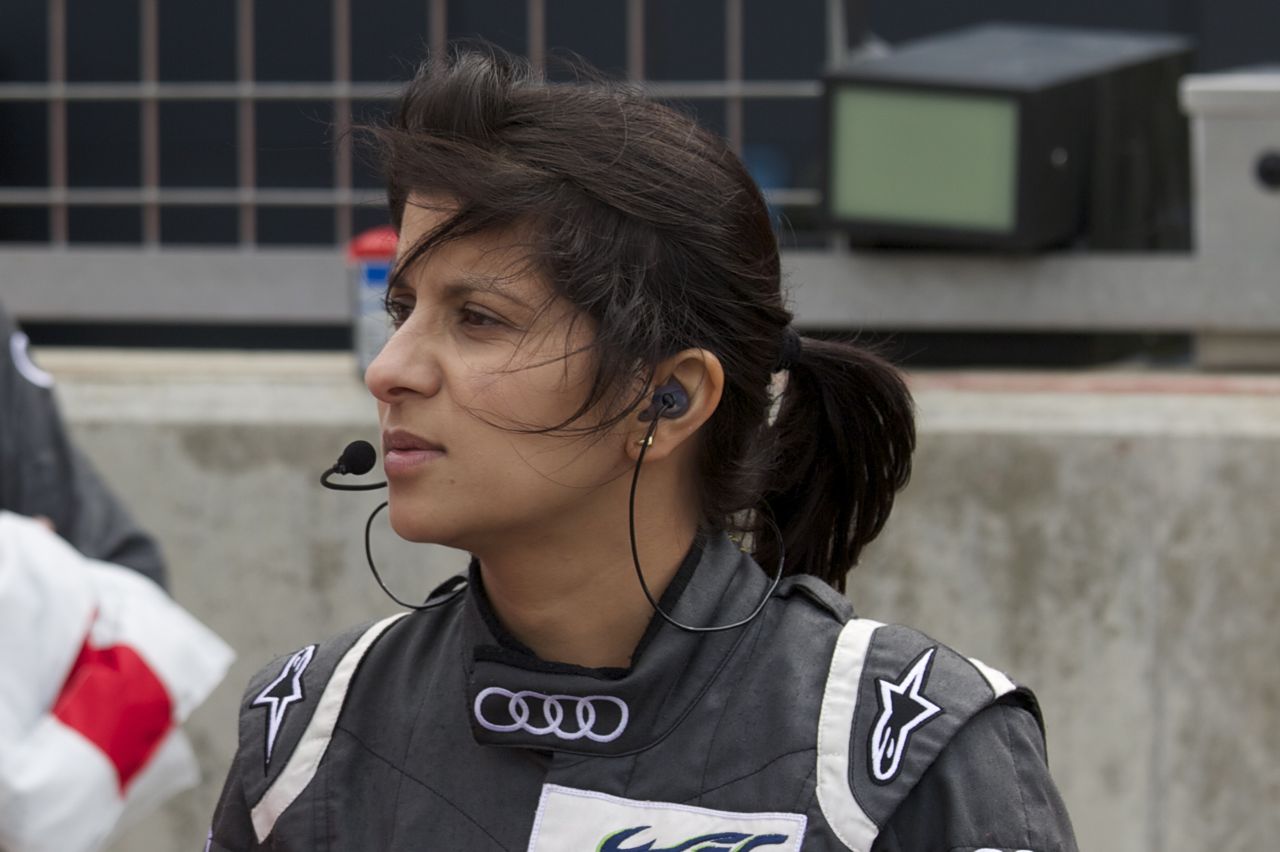
Leena Gade (24 Hours of Le Mans)
Gade joined Audi in 2007 and made history by winning the 24 Hours of Le Mans in 2011 as the first female race engineer. She and her team repeated success in 2012 and 2014.
Following the closure of Audi LMP1 in 2016, Gade joined Bentley Motorsport and moved to the IndyCar program. She rose to Race Engineer for James Hinchcliffe, but their paths parted in 2018.
Angela Ashmore (IndyCar)
Ashmore became the first woman on a pit crew to win an Indy 500. She helped Marcus Ericsson win the 2022 Indianapolis 500 as Chip Ganassi Racing’s performance engineer.
Sydney Prince (NASCAR)
While Sydney Prince‘s big winnings are just around the corner, she was the only female engineer among nearly 40 teams. She joined Jimmie Johnson’s team for the 2024 NASCAR Cup season.
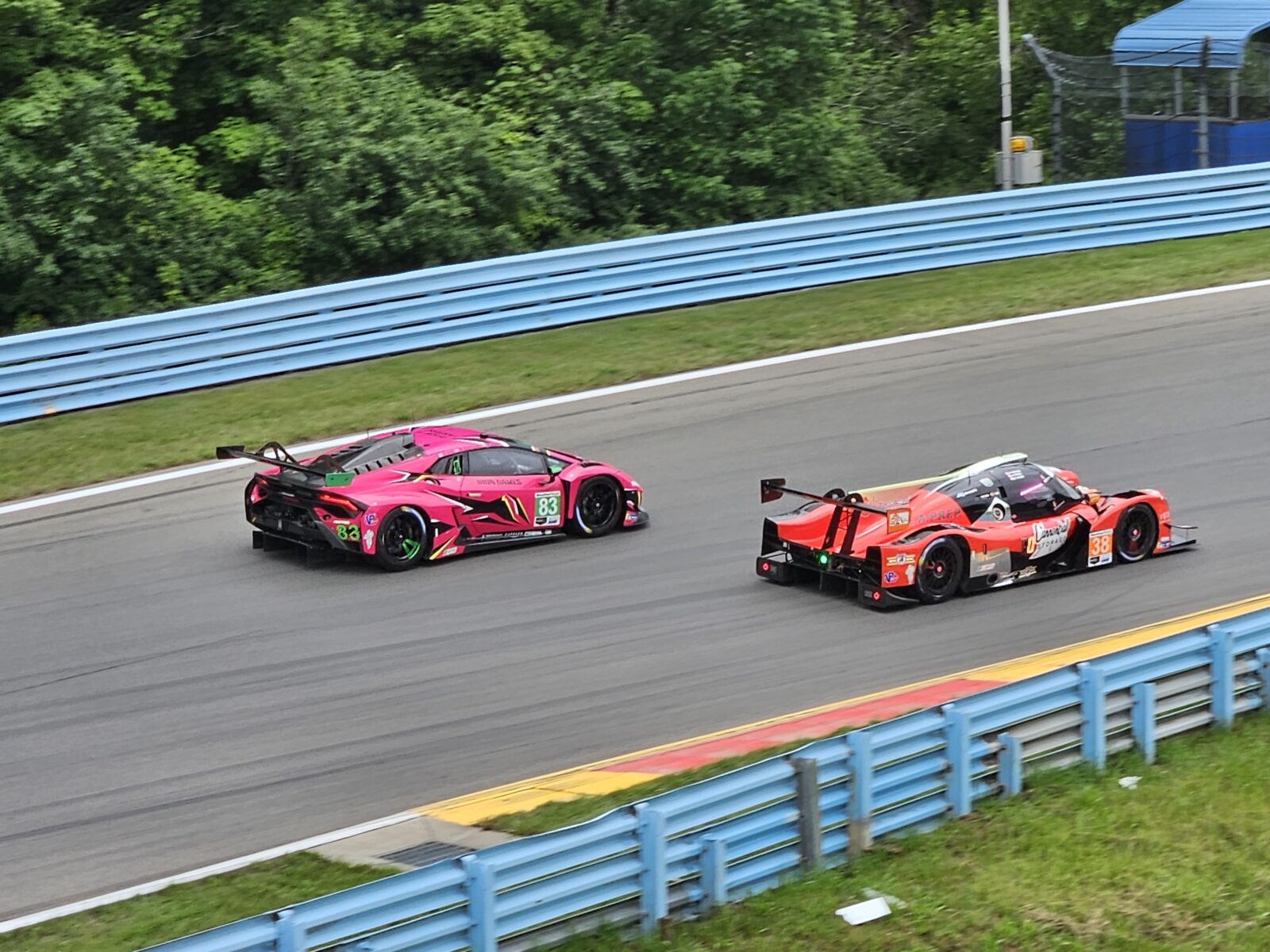
Deborah Mayer (IRON DAMES)
Mayer, a professional racing driver and former president of the FIA Women in Motorsport Commission, has supported women in motorsport since 2018, when she founded the all-female Iron Dames team.
The team promotes its talented female racers in various series such as the ELMS, the FIA WEC, the Championnat de France Des Rallyes, and others.
The Iron Dames’s Rahel Frey, Michelle Gatting, and Sarah Bovy have raced in the endurance disciplines, while Doriane Pin participates in F1 Academy.
Iron Dames was second in the 2023 FIA Endurance Trophy for LMGTE Am teams and became a history-making franchise.
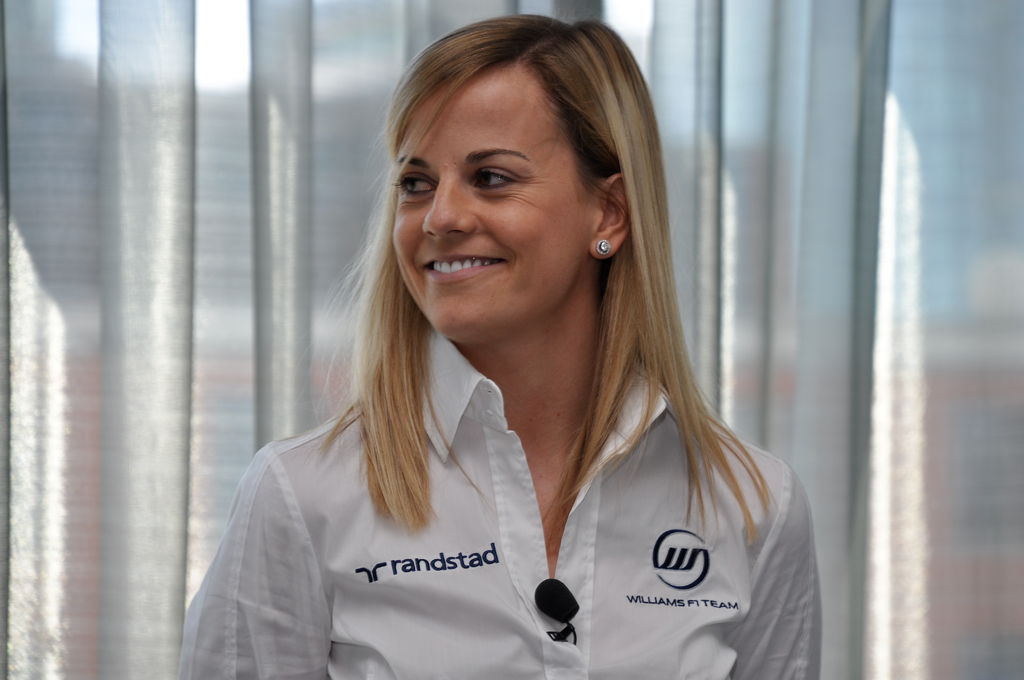
Susie Wolff (F1 Academy)
Wolff is another female who has left her mark on motorsports. In the past, née Stoddart was a test driver for Williams from 2012 to 2015.
In addition to F1, she scored 284 points in Formula Renault UK and finished 5th in 2004. Wolff competed in the German Touring Car Masters (DTM) and the Porsche Carrera Cup from 2006 to 2011.
Most of Wolff’s popularity came after her racing career. She married Toto Wolff, became a businesswoman, and launched the ‘Dare To Be Different’ campaign to celebrate women in motorsports in 2015.
In 2018, she joined Venturi Racing in Formula E as Team Principal, and in November 2021, she became Venturi’s CEO. Since 2023, Wolff has managed the F1 Academy series, paving the way for talented women races such as Marta García.
Reality: Many women are interested in motorsports, not only in driving but also in engineering and even management. Some develop to reach the top of motorsports, and a few stay for a while. But only once to get a foothold because of the specific circumstances.
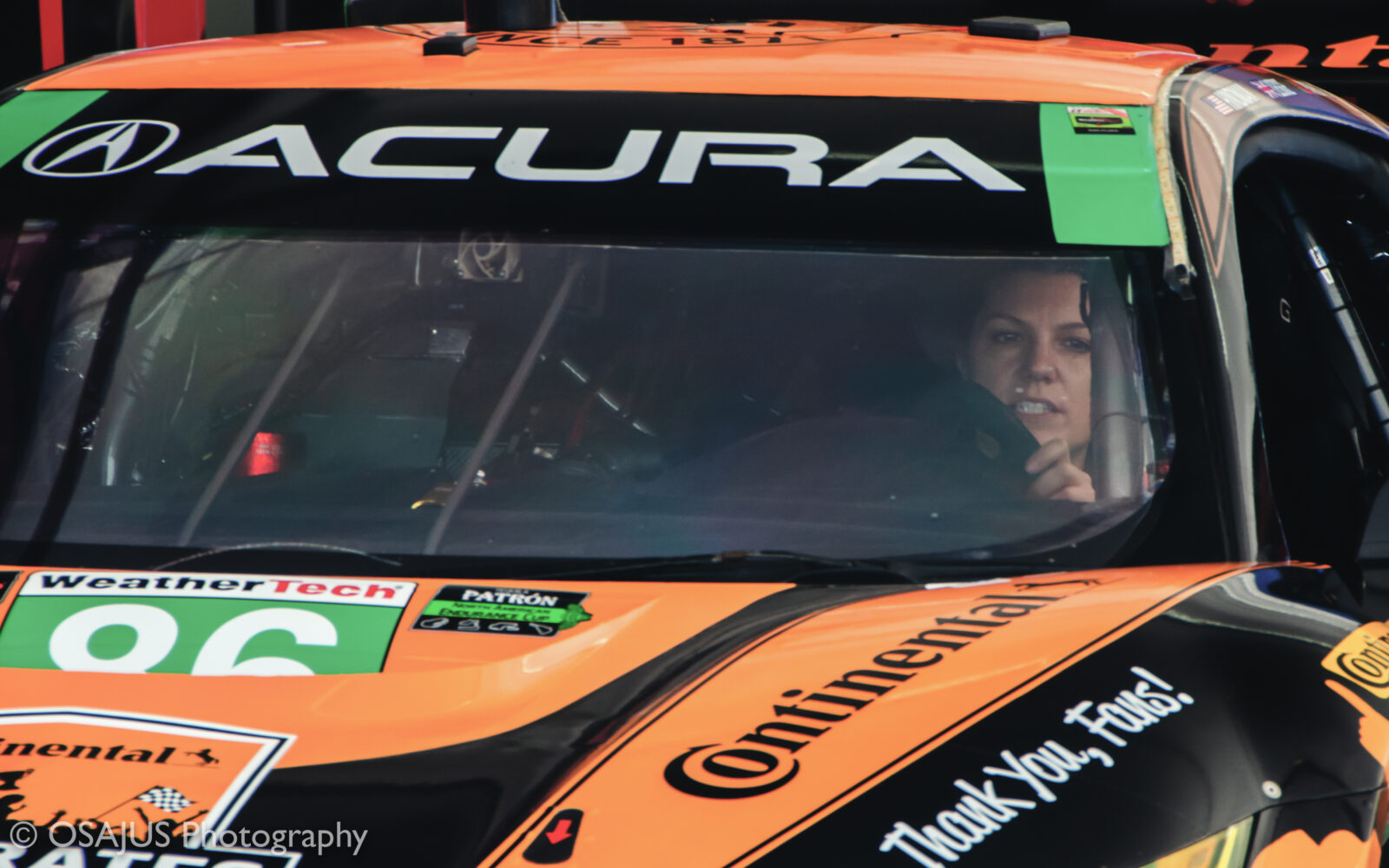
Myth #3: Female Race Car Drivers Have A Smaller Talent Pool
Fact: If that were true, we would never have seen female racers topping the podium. Many talented females are racing at the motorsport’s top, but you may never have heard their names.
The Promising: Current Female Racing Drivers
Cristina Gutiérrez (Dakar Rally, Extreme E)
Gutiérrez is the first woman to win the FIA Cross Country Rally World Cup,. However, in 2017, she made history by finishing the Dakar. Gutiérrez qualified third in 2022 and won the event in the T3 category in 2023, becoming the second woman after Jutta Kleinschmidt to win a stage in the Dakar Rally’s history.
Gutiérrez competes in the Extreme E electric cross-country series, driving for Lewis Hamilton’s Team X44. In 2022, she became the first woman to win the Extreme E Championship alongside Sebastien Loeb.
Katherine Legge (Atlantic Championship Series)
Legge, who competes in IndyCar and DTM, in 2005 became the first woman to win the Toyota Atlantic Championship (Champ Car).
She raced in the IMSA and holds the record for the fastest qualifying time by a woman in Indianapolis 500 history.
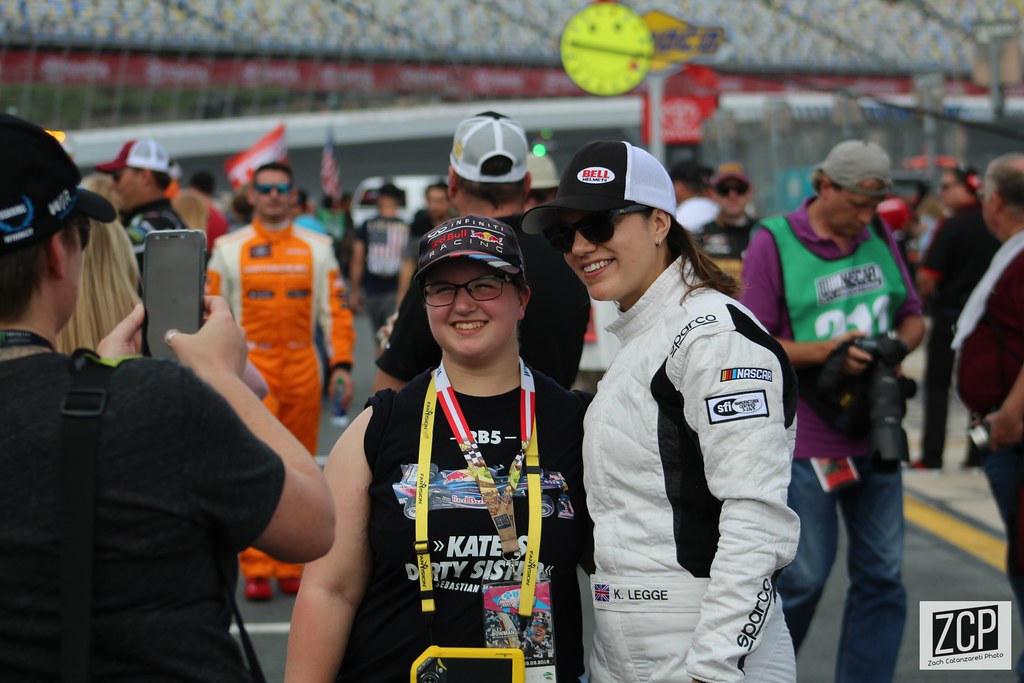
Enni Mälkönen (WRC Rally co-driver)
Before rallying, Enni Mälkönen competed in show jumping. However, when her horse was injured, she switched to WRC, debuting as a co-driver for AKK-Motorsport in 2012.
However, she got a lot of respect by winning the WRC3 co-driver’s championship in 2022.
Currently, she works as Sami Pajari’s co-driver and strives to be up in the WRC’s main championship.
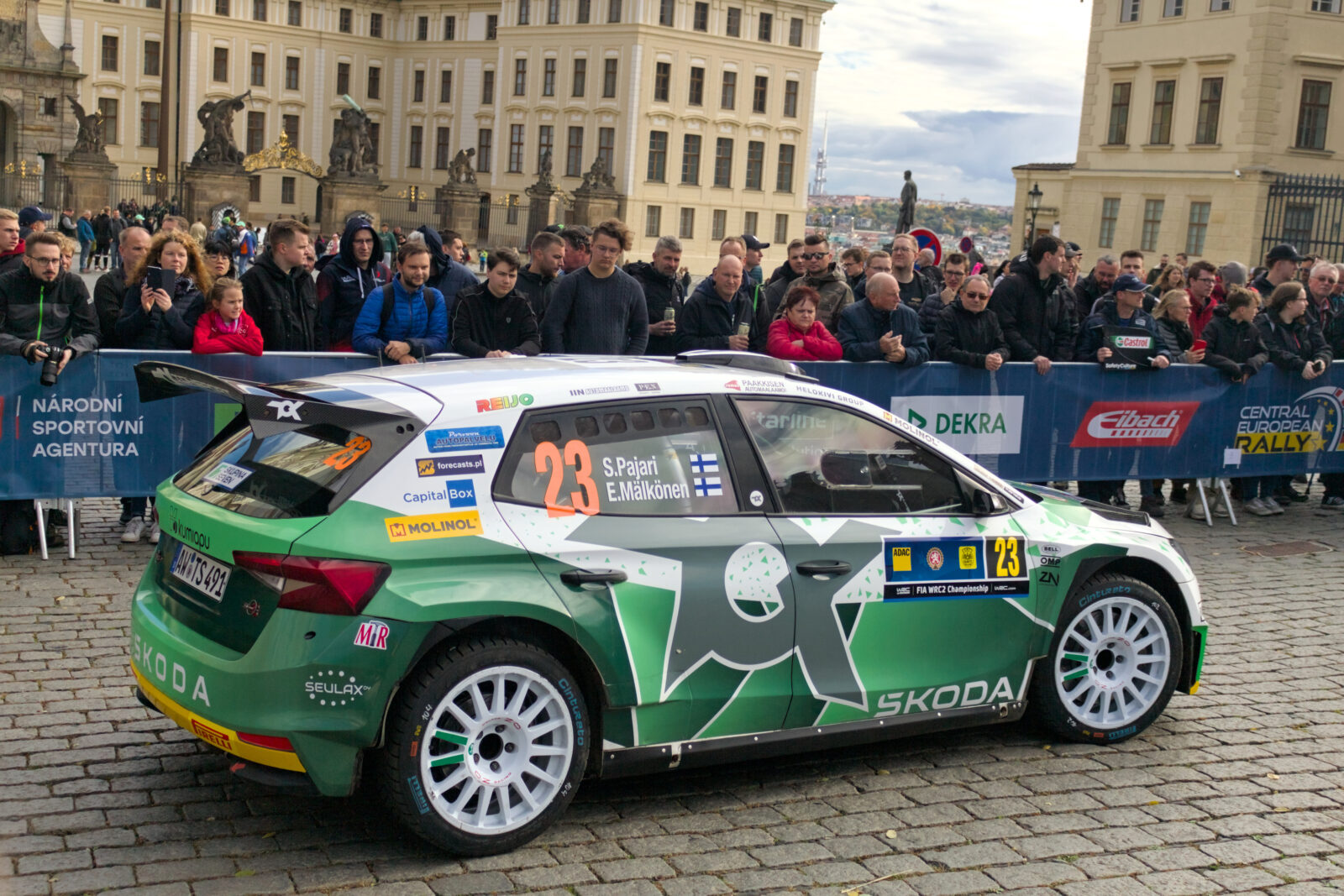
Manuela Gostner (GT4 European Series Northern Cup)
Despite being a professional volleyball player, Manuela Gostner became a famous driver in the Ferrari Challenge Championship in 2014.
She took 3rd overall in the 2017 and 2018 GT4 European Series Northern Cup. So, Kessel Racing selected her for the all-female entry in the 24 Hours of Le Mans, where she finished 9th in class and 39th overall.
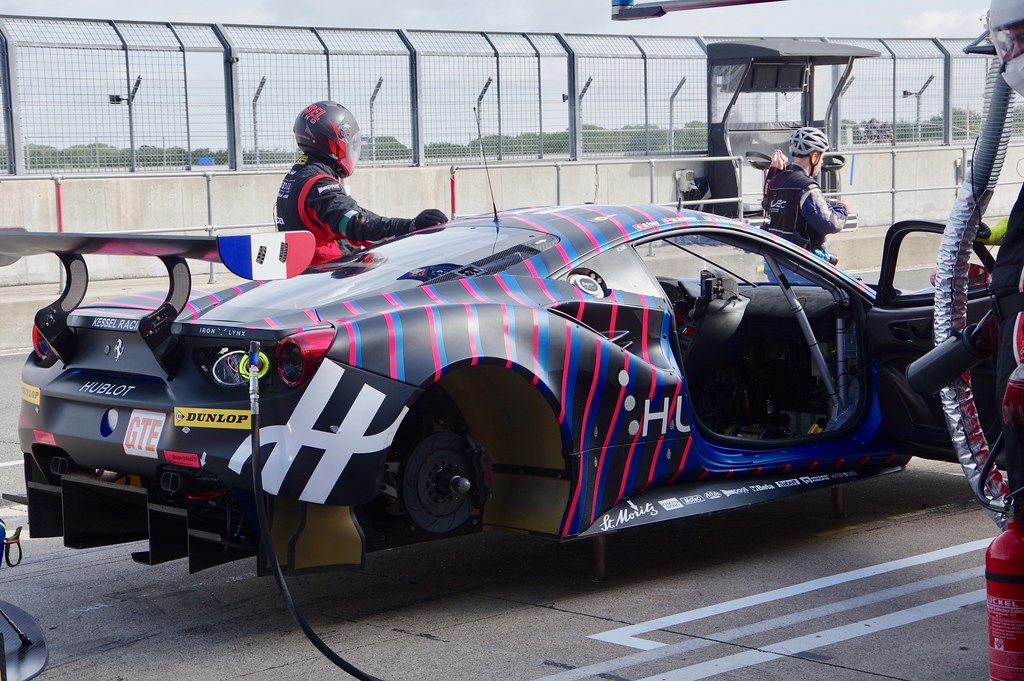
Sarah Bovy (FIA World Endurance Championship)
Since Bovy joined the all-female Iron Dames team, she quickly impressed in her first GTE outings, competing in the FIA WEC, ELMS, and GT.
Thus, she brought the team’s first pole position in the WEC at Monza in 2022 and became the first female driver ever to take a pole position in the WEC.
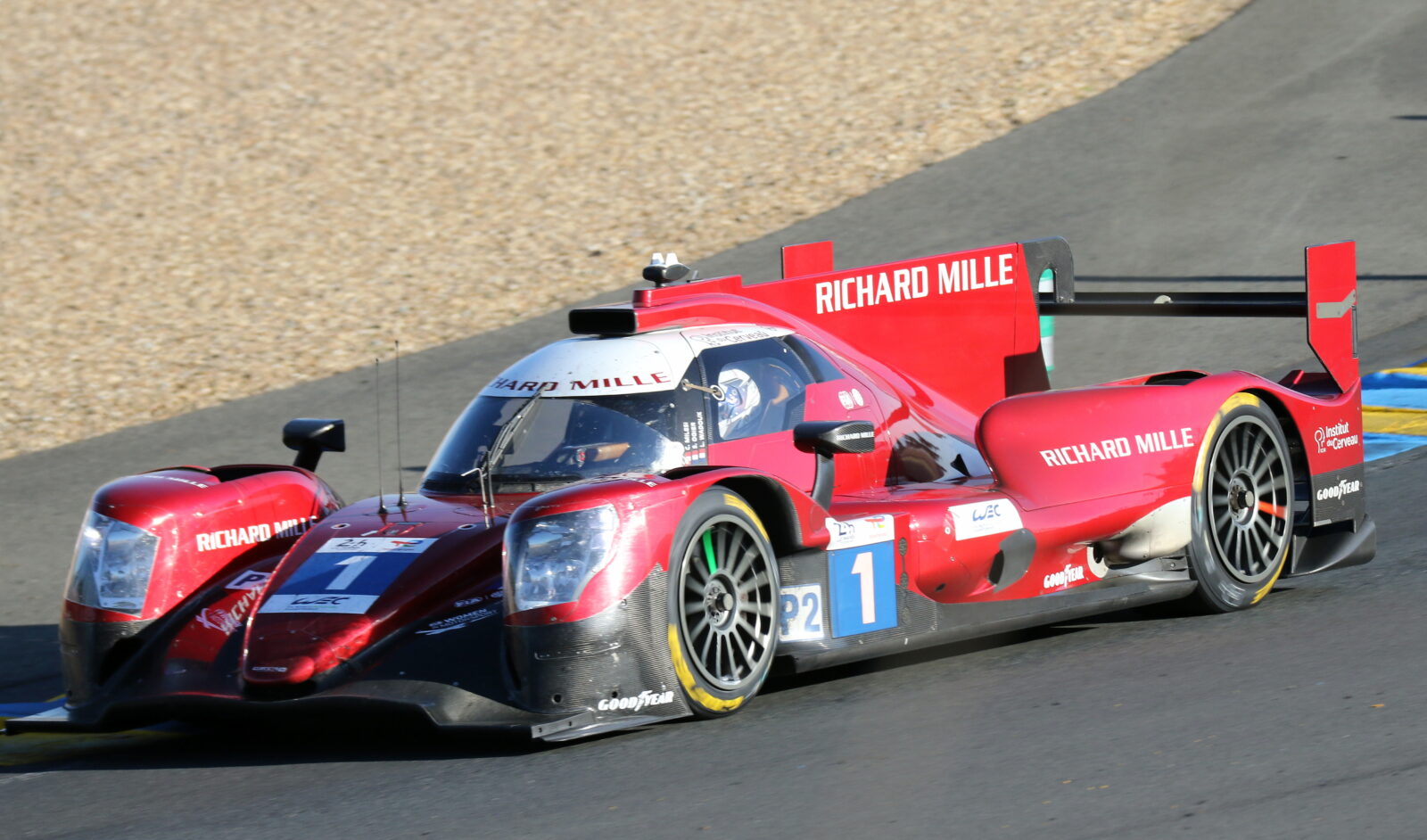
Lilou Wadoux (FIA World Endurance Championship)
At just 22, Lilou Wadoux won the Total Energies 6 Hours of Spa-Francorchamps (WEC) in 2023. Moreover, she also won the 2024 Sahlen’s Six Hours of The Glen in the IMSA.
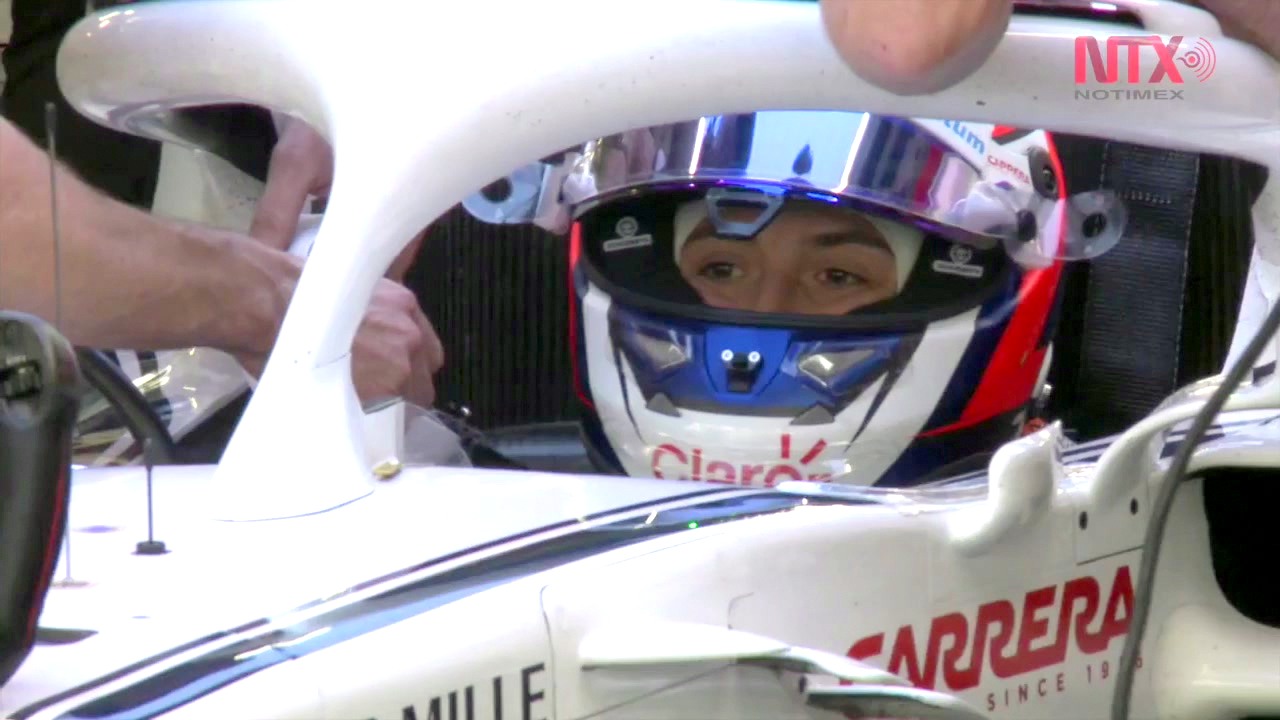
Tatiana Calderón (Formula 3, ELMS)
Starting a racing career at 16 in the Radical European Masters (REM), Calderón rose to test for a F1 team (Sauber). She raced in several levels of motorsport, including Formula 2.
She was the first woman to reach the podium in F3 in 2013 and the first woman to lead a series race at Spa-Francorchamps in 2014.
After scoring points, Calderón moved to the FIA F2 in 2019 and entered endurance racing. She competed in the WEC 2021 and the ELMS, where she secured a top 5 finish at Spa-Francorchamps in 2023.
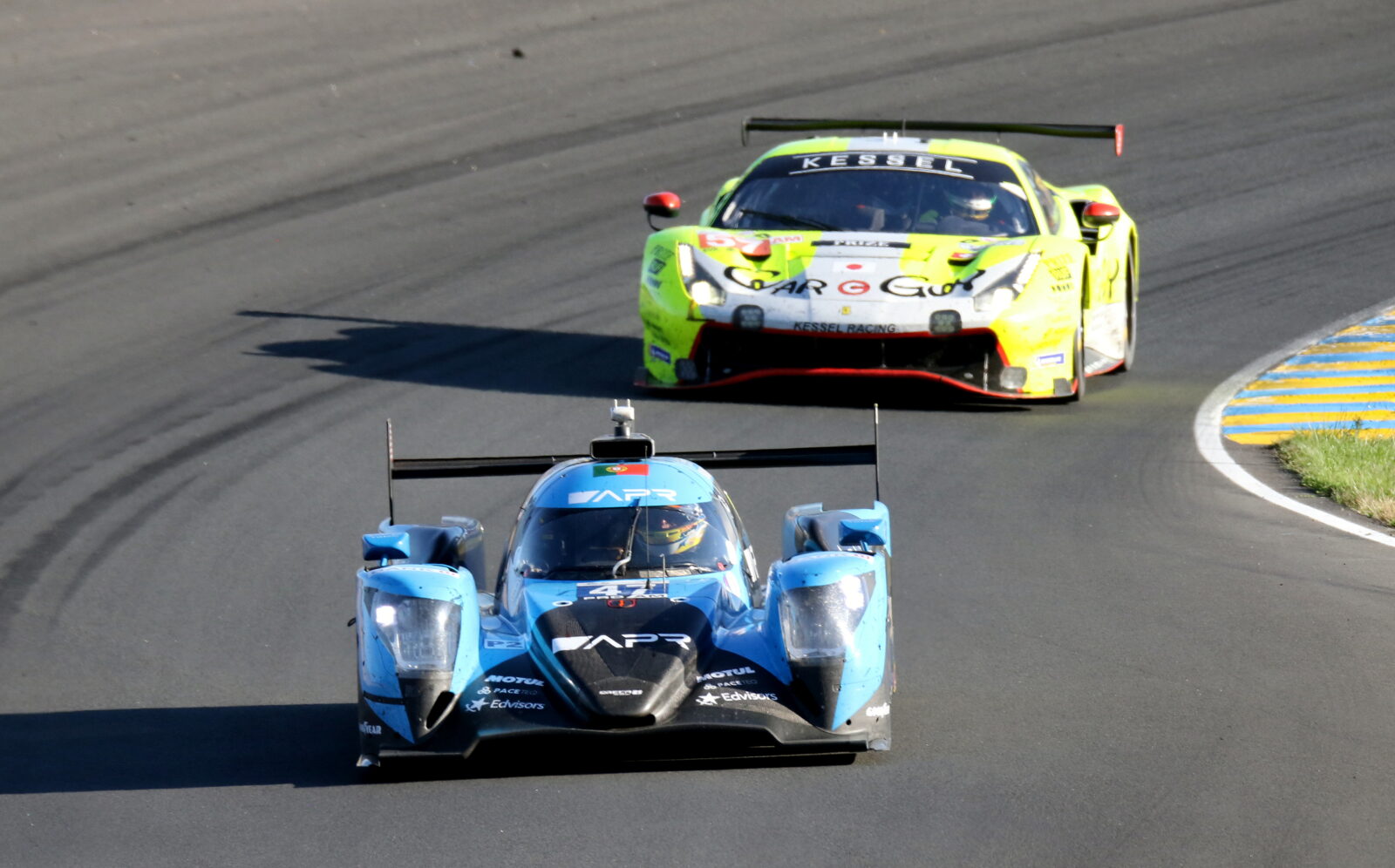
Sophia Floersch (Formula 3, FIA WEC)
Floersch was the most promising driver at the start of the 2018 FIA Formula 3 before she faced a high-speed crash at the 2018 Macau Grand Prix.
However, Floersch has continued to compete, scoring points at the Spa-Francorchamps race (2023 FIA Formula 3), finishing 3rd at 4 Hours of Portimão in the 2021 and 2d at the 4 Hours of Le Castellet (ELMS).
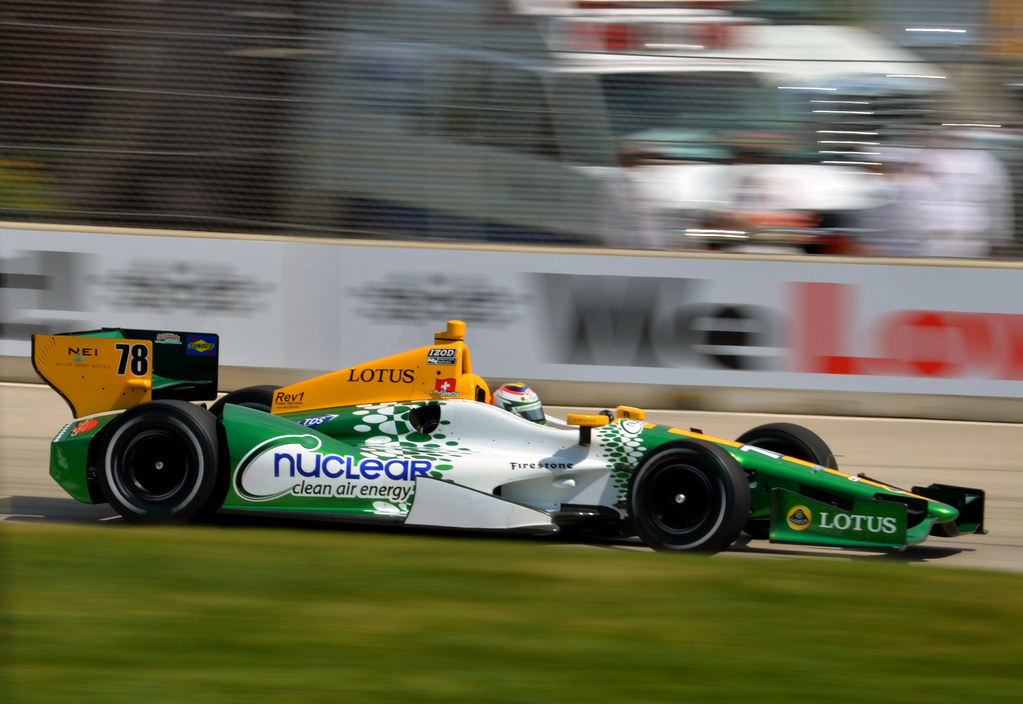
Simona de Silvestro (Formula E)
‘Iron Maiden’ or Simona de Silvestro finished 9th in the 2016 Long Beach ePrix. She became the first female driver to score points in the FIA Formula E.
De Silvestro had raced for several years in the IndyCar, where she scored top-10 finishes in 2010.
Currently, de Silvestro is a Porsche factory GT3 driver. However, besides motorsport, she is involved in bobsleighing, so she trains to compete for Switzerland in the 2026 Winter Olympics.
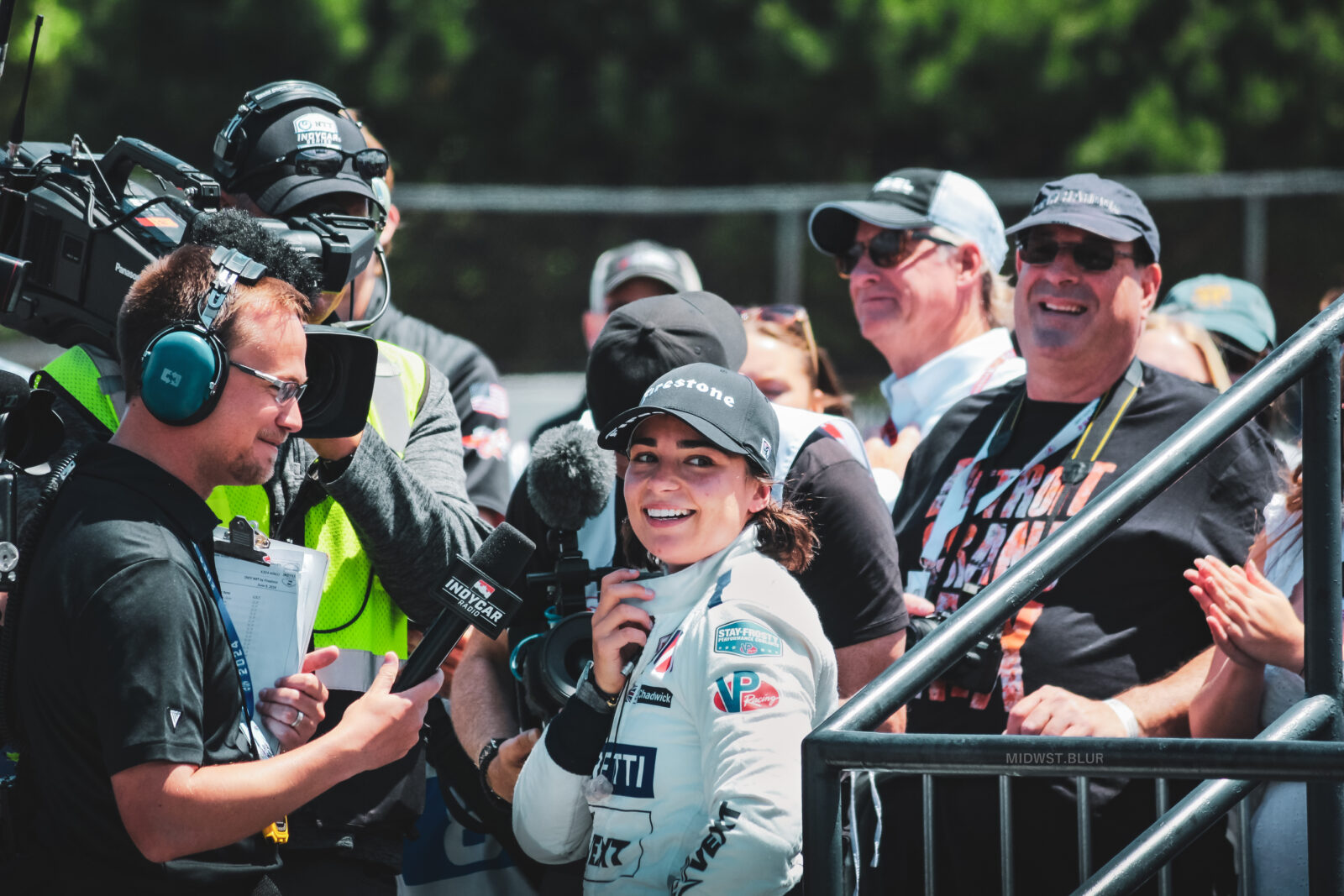
Jamie Chadwick (IndyCar)
Chadwick won the W Series championship and tried to get into Formula 1, but to no avail. After failing to advance beyond development driver for the Williams F1 team, she moved to the Indy NXT. Chadwick struggled in her first season with Andretti Autosport due to inexperience with the car and the track.
However, it wasn’t the reason to lose heart, and Chadwick had worked hard. She recovered in 2024, qualifying 10th for the first race, finishing in the top 6, and placing 3rd at the Indianapolis Motor Speedway. Moreover, she took her first win at Road America. Chadwick became the first woman to win in Indy Lights since Ana Beatriz in 2009.
So, some female racers have enough perseverance to continue in motorsports, but some stories are usually different.
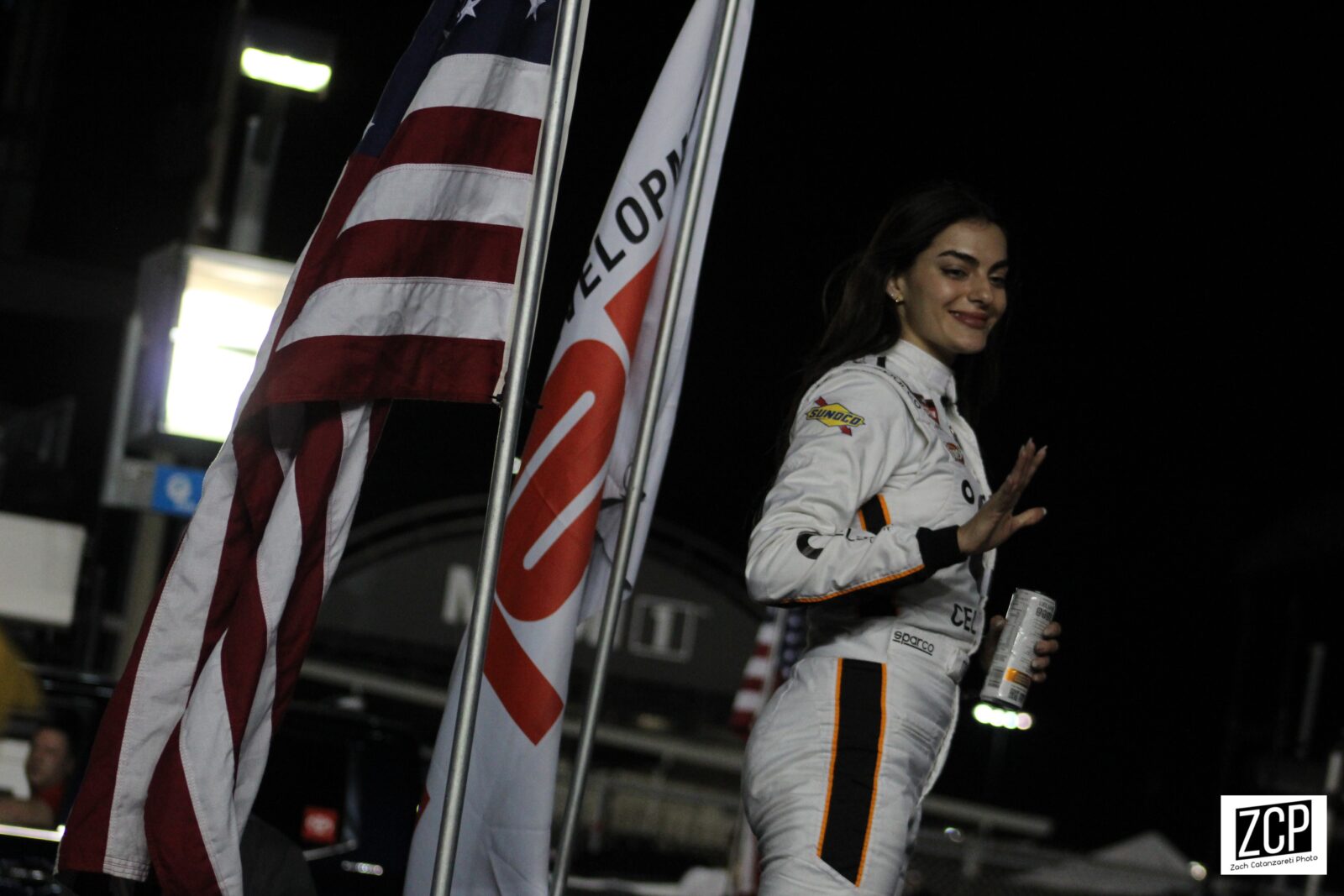
The Other Side..
Despite a talent for driving a 70 Xfinity NASCAR car into the top 5, Johanna Long is now a free agent without a permanent seat.
With finishing in the top 10 over 20 times, American racing driver Toni Breidinger raced in the ARCA Menards Series but became the Victoria’s Secret model.
Lindsay Brewer, who started racing at 11 and topped to compete in Indy NXT for Juncos Hollinger Racing, keeps her modeling career.
Reality: Many talented women do not have a regular seat in racing. It makes people to believe that female racers have a smaller talent pool. However, the lack of sponsorship and mentoring forces female racers to switch to other activities. Not everyone has the inner strength to continue motorsport behind closed doors. Otherwise, racing is a waste of time, while a modeling career is an option to attract sponsors.
Thus, besides the talent, which is not enough for a female racer to break through, this sport requires a good investment. And the most outstanding racing talents don’t come from nowhere, but they always have a great teacher behind them.
Max Verstappen’s father, Jos, helped his son adapt to F1, while McLaren’s top driver, Oscar Piastri, relies on the support of former driver and manager Mark Webber.
Gutierez and Chandwick have found their places because F1 champion Lewis Hamilton, rally champion Sebastien Loeb, and the Andretti team have supported them.

Myth #4: Women Can’t Compete In Car Racing Because They Aren’t As Strong As Men
Fact: At the track, there are no differences. Because with having the necessary training and the right attitude, women racers can outdo men even at the top of motorsport, which happened not just by occasion.
The Best Female Racing Drivers Of All The Time
Michèle Mouton (WRC)
Michèle Mouton wasn’t serious about her racing driver career when her friend Jean Taibi asked her to co-driving at the 1973 Monte Carlo Rally.
But her natural talent and racing passion became evident. A few years later, after racing in the 1975 24 Hours of Le Mans, she joined the WRC in 1981 as the driver at the wheel of Audi Quattro, co-driving by Fabrizia Pons. Through long hours of ice and dirt tracks, Mouton won the 1981 Rally San Remo. The victory made her the first female rally driver ever to win.
In the following 1982, she won Portugal, Brazil, and Acropolis rallies. Becoming the WRC’s vice-champion, Mouton’s career shocked males and inspired competitor’s respect.
Besides WRC racing, Mouton won the race at Pikes Peak mountain in 1984- 1985. Since 2010, she has been leading the FIA Women’s Motorsport Committee. She supports special series for female drivers and inspects the safety at the WRC events.
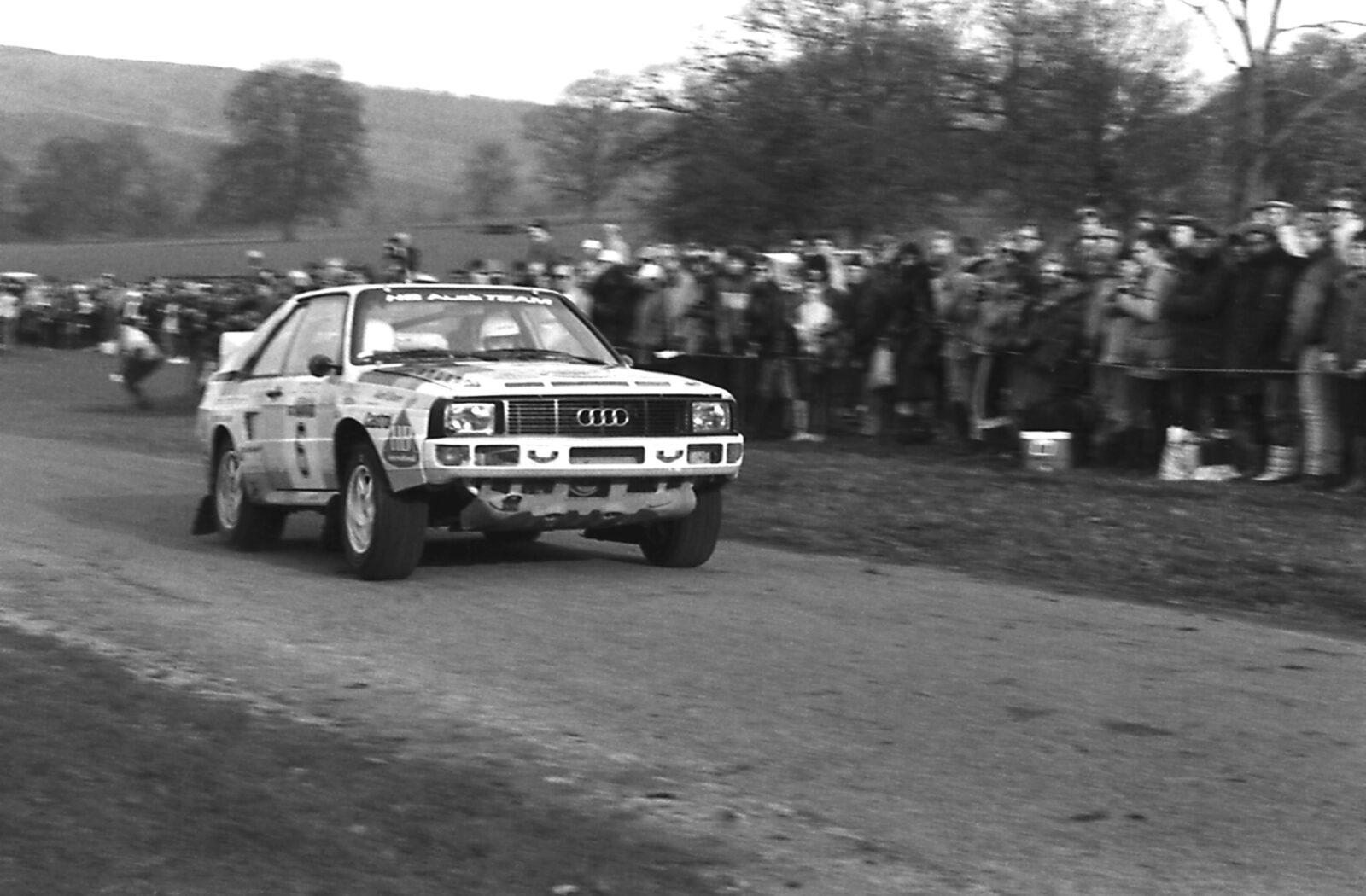
Denise McCluggage (Grand Touring)
Denise McCluggage started as a journalist and author in the 1950s. While covering yacht races, she met American car designer Briggs Cunningham and immediately became a car enthusiast. McCluggage bought the MG TC to race at club events. However, the respect of her male competitors came to her when she won the Grand Touring category at Sebring in a Ferrari 250 GT in 1961 and a class win at the Monte Carlo Rally in a Ford Falcon in 1964. She raced at her branded white helmet with pink dots.
McCluggage wrote many columns and helped found the U.S. automotive magazine Competition Press, better known as AutoWeek.
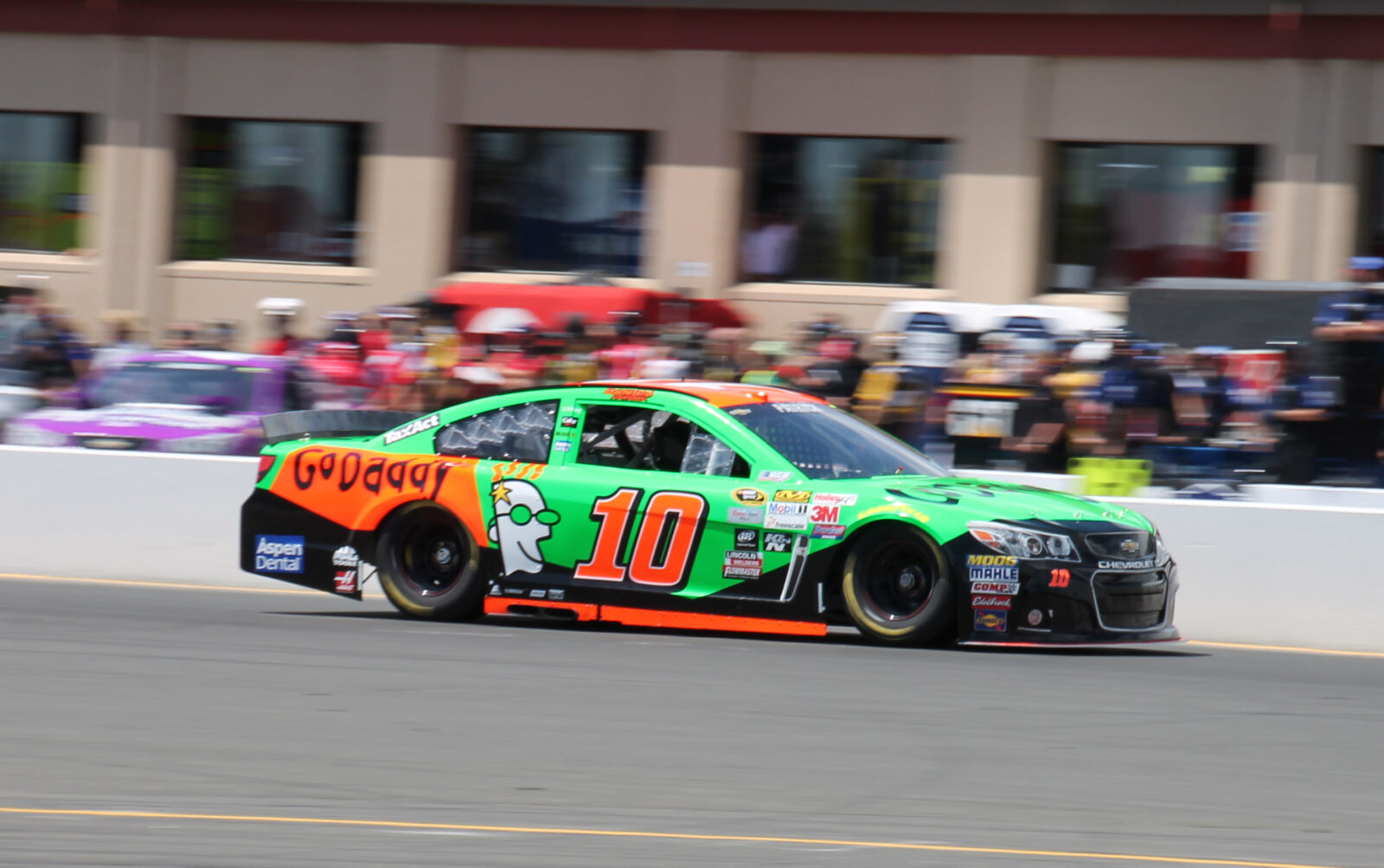
Danica Patrick (IndyCar, NASCAR)
Competing in IndyCar and NASCAR, Danica Patrick set as the greatest female racer in American motorsports. She was the first woman to lead the Indianapolis 500 (in 2005), and to win an IndyCar race (in 2008). Moreover, she is the highest-finishing female driver in both the Daytona 500 (8th in 2013) and Indianapolis 500 (3rd in 2009).
So, in 2008, Danica Patrick won the Indy Japan 300. She finished almost six seconds ahead of two-time Indy 500 winner Helio Castroneves. After victories for Rahal-Letterman and Andretti Green Racing, Patrick took the pole for the Daytona 500 in 2013.
In 2015, Patrick passed Janet Guthrie for the most top ten finishes for a female in Sprint Cup history. Furthermore, she became the first woman to make 100 starts in NASCAR’s Cup Series.
Today, Danica Patrick is a presenter and a coveted guest on TV shows.
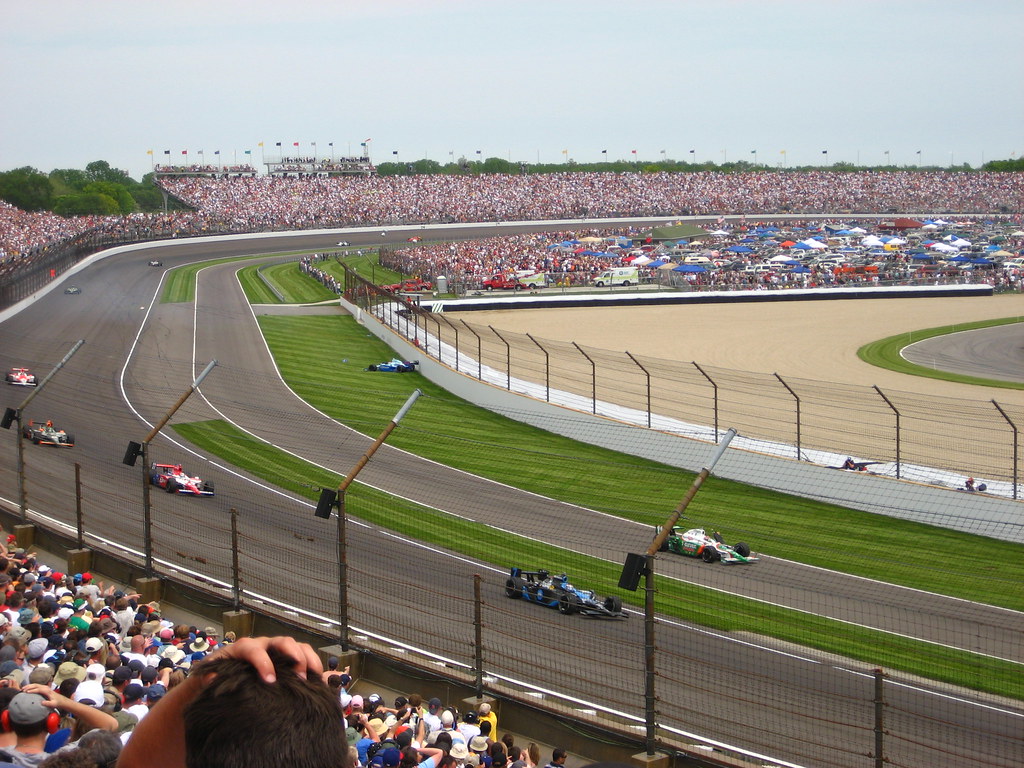
Sarah Fisher (Indy 500)
In 2002, Fisher became the first female driver to win a pole position in an American open-wheel race. She competed in the Indianapolis 500 nine times, more than any other woman.
She competed in the Indy Racing League and the Indianapolis 500 intermittently from 1999 to 2010.
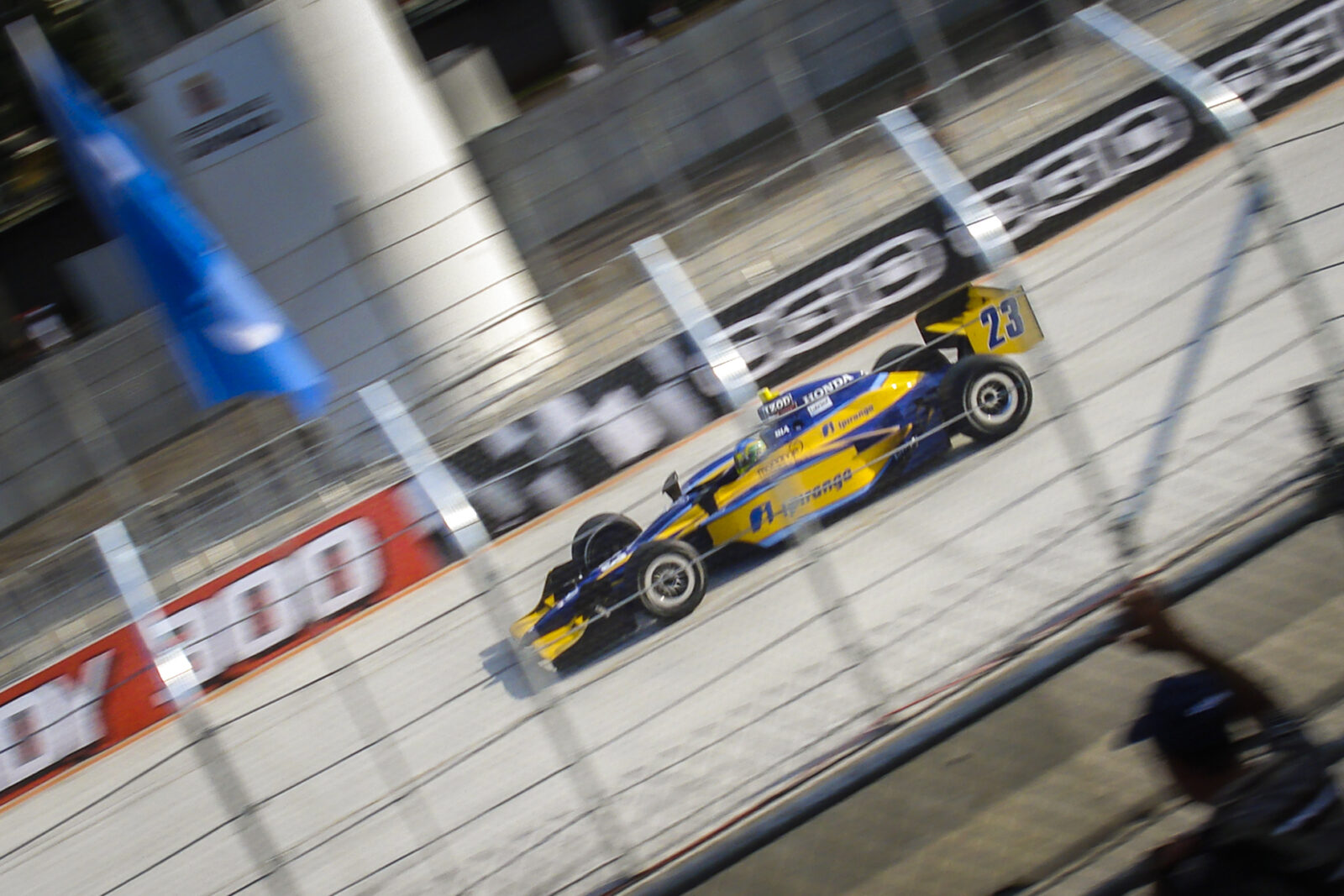
Ana Beatriz (Indy Lights)
Ana ‘Bia’ Beatriz Caselato Gomes de Figueiredo, or Bia Figueiredo, burst onto the international scene as Champ Car’s Rookie of the Year.
In 2008, she became the first woman to win a race in Indy Lights. She won the race at Nashville Superspeedway and repeated her success by winning at Iowa Speedway.
She became the first female racer to win an IZOD IndyCar Championship race in 2012. The Autosport Magazine recognized her as Motorsports Woman Of The Year in 2016.
Today, Ana “Bia” Beatriz competes in the Copa Truck Series.
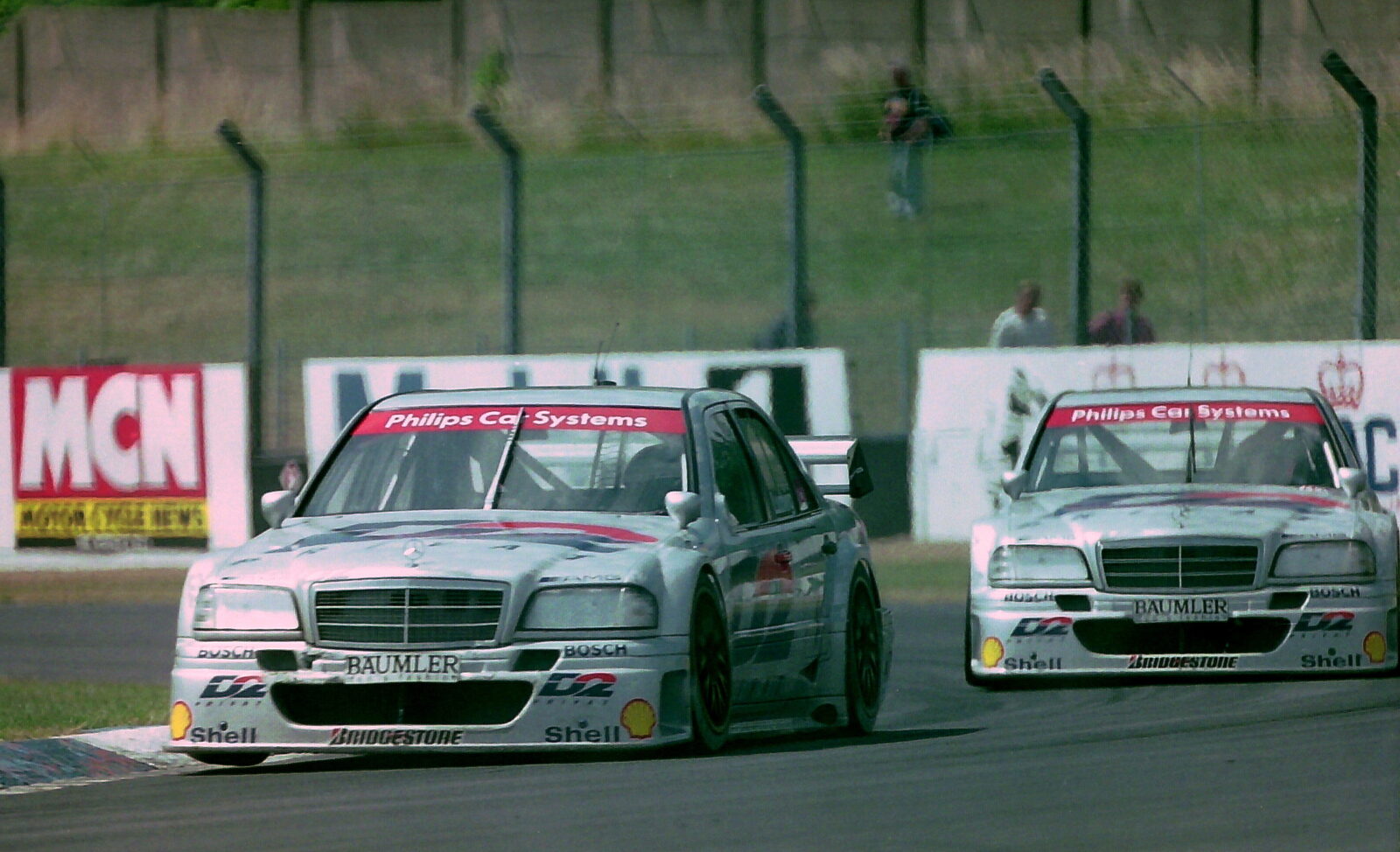
Ellen Lohr (DTM)
Beate Nodes was first female racer to reach the podium in the Deutsche Tourenwagen Masters (DTM) in 1986, but Ellen Lohr went further.
Racing for BMW, Lohr finished 2d at the Salzburgring in 1987 and even won the race at the Hockenheimring Baden-Württemberg in 1992.
She also secured another podium by finishing third at Diepholz in 1994. Altogether, she contested 144 races, scoring 302 points, and has remained the only woman to win the DTM race.

Shawna Robinson (NASCAR)
After 30 victories in the GATR Truck Series (1983-1988), Robinson moved to NASCAR in 1988. She finished third in her debut race at Daytona International Speedway. Furthermore, Robinson won the Dash race at New Asheville Speedway and became the first woman to win a NASCAR Touring event.
Despite a five-year career break, Robinson backed in 1999 and raced in the ARCA Bondo/Mar-Hyde Series, where she finished 6th in2000.
Besides, Shawna Robinson NASCAR saw many very talented female race car drivers. Thus, the daughter of Motorcross legend Brian Deegan, Hailie Deegan, competed in the ARCA Menards Series West in 2018 and ’19 for Bill McAnally, earning three victories.
In 2019, by lapping just 0.001 seconds from the reference time, Manami Kobayashi won in her only start in the NASCAR Whelen Euro Series, becomung the third woman to win in a NASCAR.
Winning at the ARCA Menards Series West for Bill McAnally Racing, Gracie Trotter became the first female driver to win an ARCA-sanctioned race in 2020.
Also, Leilani Münter has competed in various auto racing series, including ARCA, NASCAR’s K&N Pro Series East, and the Indy Lights. In addition to her racing career, she is an animal rights and climate change activist. Münter acted in Leonardo DiCaprio’s award-winning documentary ‘The 11th Hour.’
Thus, Deegan, Robinson, Kobayashi, and Trotter remain the only women to have won a race in one of NASCAR’s touring series.
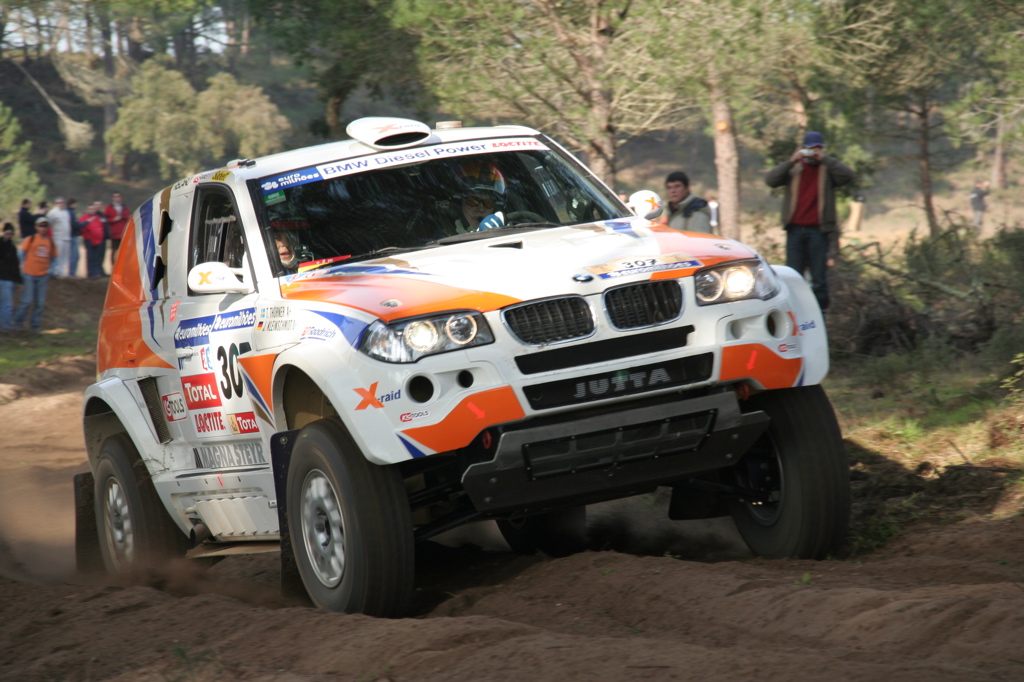
Jutta Kleinschmidt (Dakar Rally)
Kleinschmidt was a woman racer with something that even men admire and respect. She raced her first Dakar on a BMW motorcycle in 1988 but switched from bike to racing cars in 1995.
Kleinschmidt was the first woman to win a stage of the Dakar Rally in 1997, but in 2001, she became the first female driver to win the Dakar Rally. It wasn’t a matter of luck, as she also finished second and third overall in 2002 and 2005.
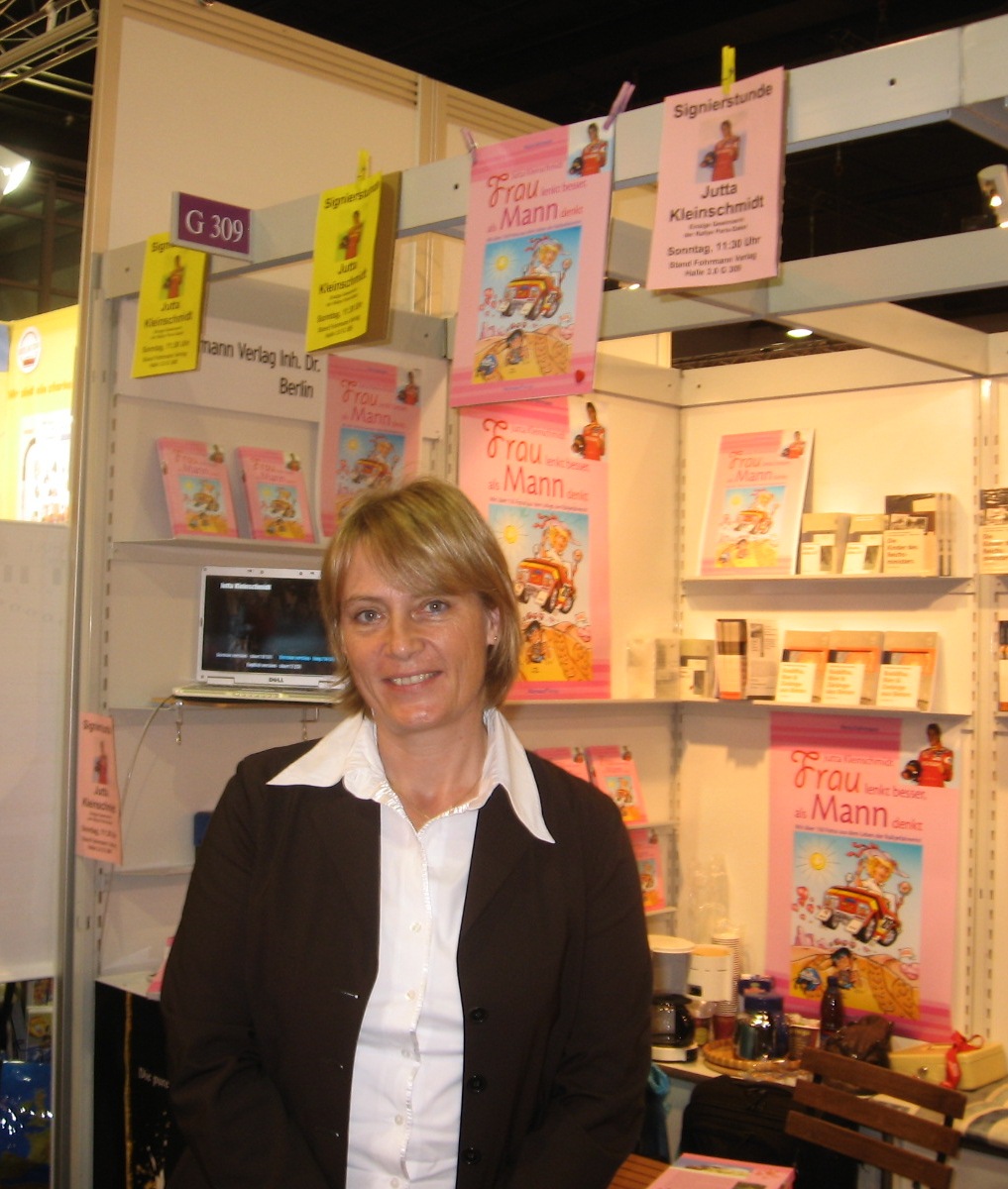
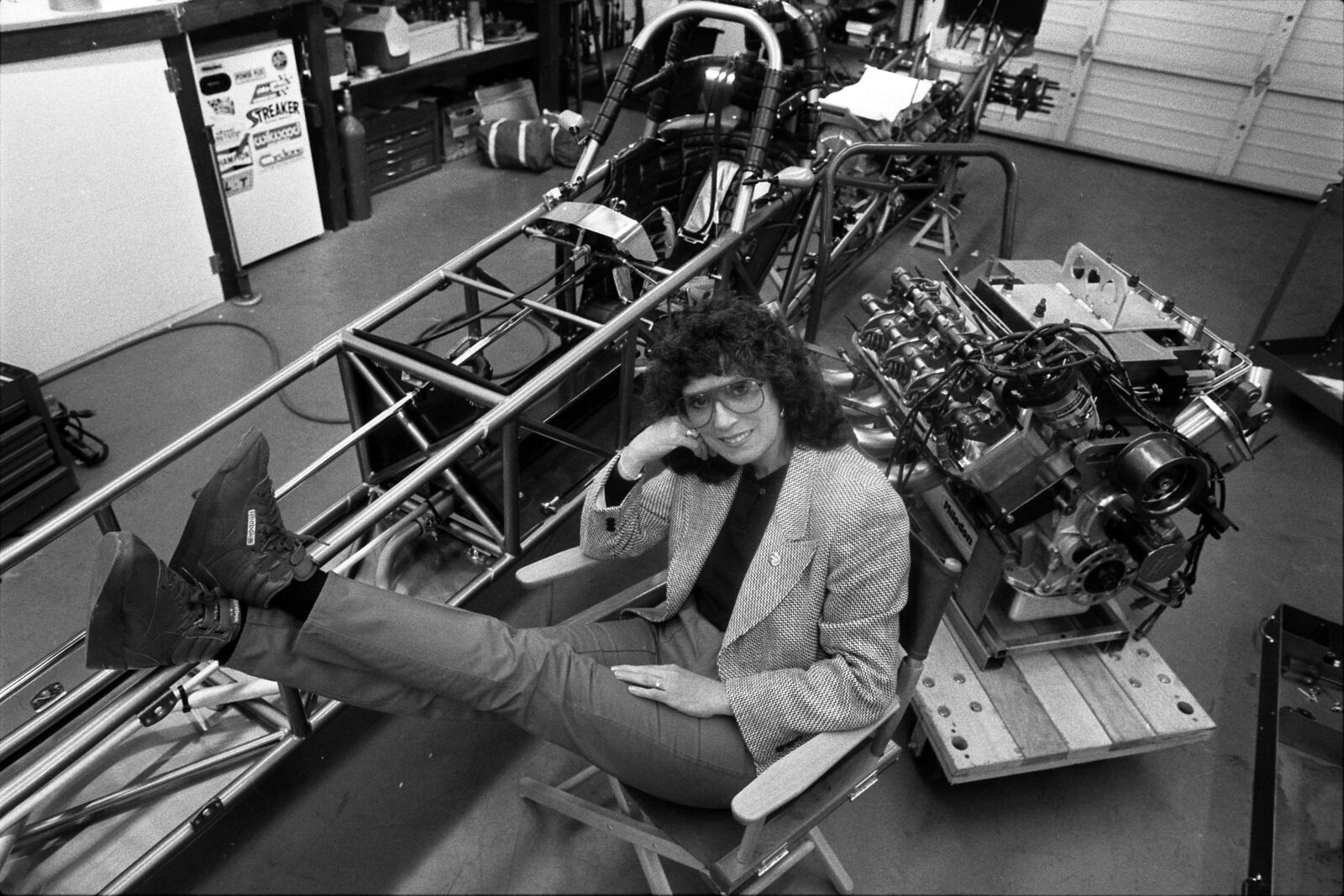
Shirley Muldowney (Drag Racing)
They called her ‘Cha Cha’ and the ‘First Lady of Drag Racing’. Shirley Muldowney’s story is no less impressive than Niki Lauda‘s.
With the FIA international drag racing license, Muldowney broke onto the drag racing scene in the ’60s. She was the first-ever female to win a major drag racing event – Columbus, Ohio that she won in 1976.
However, despite NHRA’s forbidding women from competing, Muldowney still won three NHRA Top Fuel championships (1977, 1980, 1982).
However, in 1984, Muldowney faced a nearly fatal crash. She broke her hands and legs. She spent 18 months in therapy, even though she continued to race throughout the 1990s in NHRA competition. Muldowney ran select events until retirement at the end of 2003.
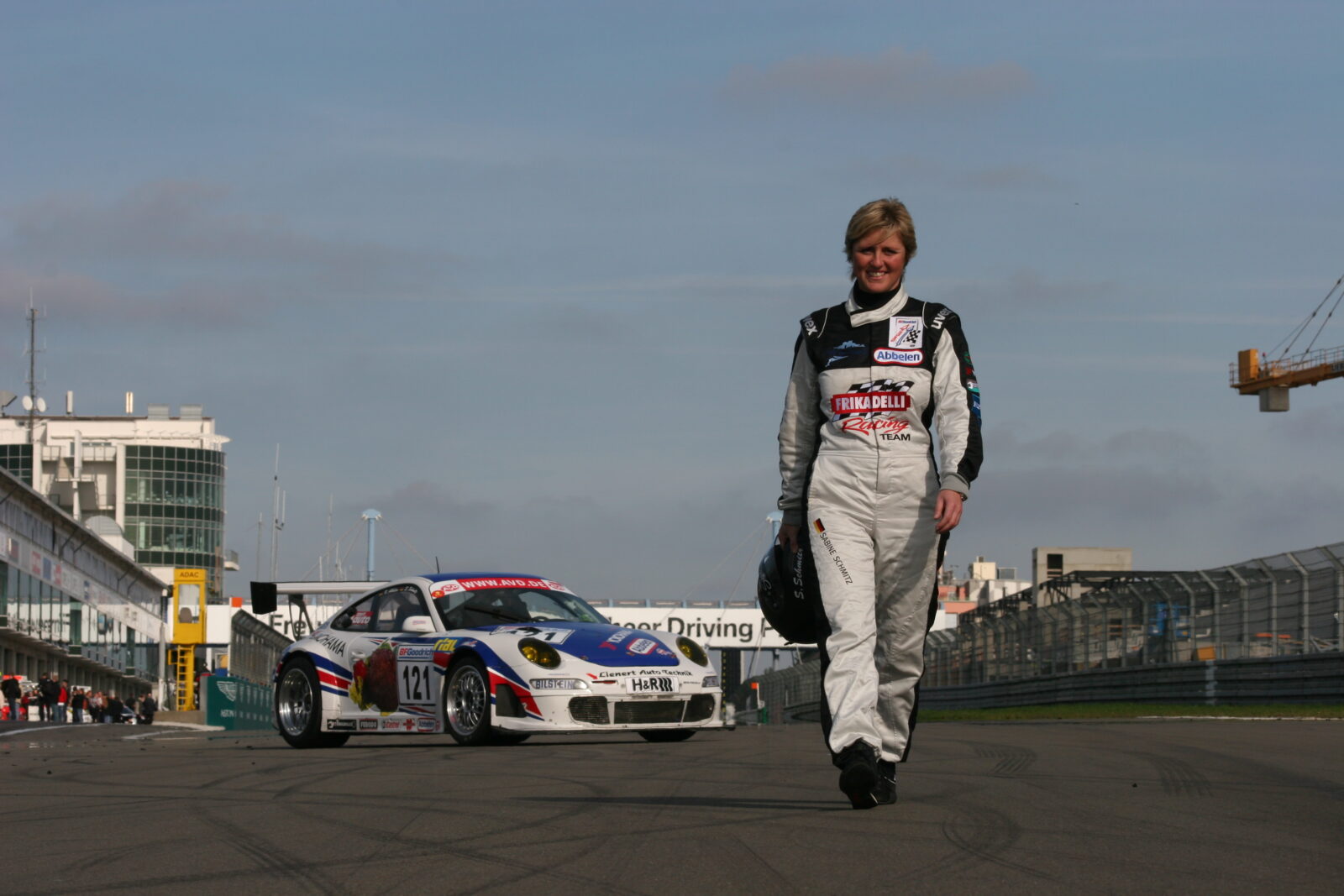
Sabine Schmitz (24 Hours of Nürburgring)
They call Nürburgring the Green Hell because the racing circuit is the wildest in Europe. What’s more, it had its own Icon. German female racer Sabine Schmitz had no equal in the 24 Hours of Nürburgring race. She won the event in 1996 and 1997, finished 3rd in 2008, 9th in 2011, and 6th in 2012.
Overall, Schmitz had driven around the track more than 20,000 times. In 2017, she suffered an illness and tragically passed away in 2021.
As for the other females racing at the Green Hell, alongside Célia Martin, Christina Nielsen, and Carrie Schreiner, Pippa Mann won 24 Hours Of Nürburgring in 2023. However, in 2024, Dutch Beitske Visser, with Pippa Mann, Carrie Schreiner, and Fabienne Wohlwend, finished third.
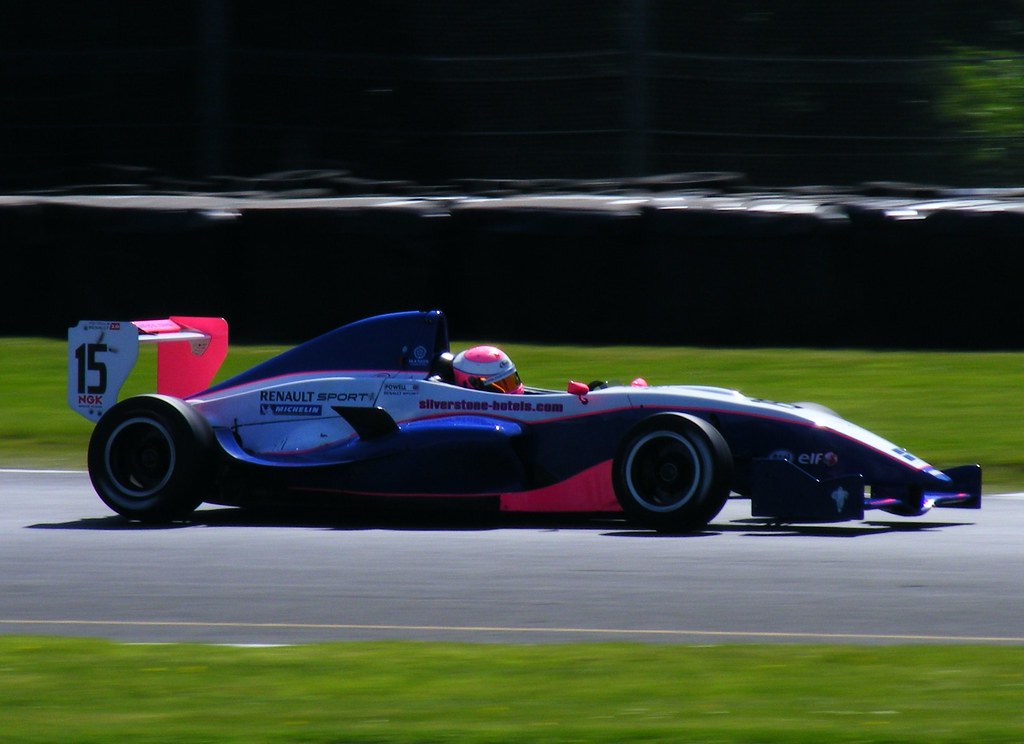
Alice Powell (Formula 3)
Powell started karting at eight and joined Formula Renault at sixteen. She made history in 2013, winning five times during the season, finishing Formula 3 Cup second behind Alex Craven.
Overall, Powell became a three-time F3 champion in 2019-2011. In 2020, Powell joined the Sky Sports Formula 2 commentary, working for Whisper Entertainment’s F1 on Channel 4.
Desiré Wilson had won the South African Formula Ford Championship two times in 1975 and 1976.
Reality: Since the invention of motorsports, female racers have proven that they can compete with men. Furthermore, women can win and even outperform men on the track. But they don’t. The reason is corporate sponsorship of female drivers, as Janet Guthrie reported for the Los Angeles Times in 1987.
She said that men get sponsorship and women don’t, and although it’s so unfair, no one cares because the sponsors want the publicity that racing brings, but a successful female driver will get ten times the attention that a man will get. The invisible problem became more than apparent in 2020. IndyCar driver Pippa Mann, despite her wins and poles, struggled to secure corporate sponsorship. Lacking the funds, Mann didn’t compete in the Indianapolis 500, leaving the iconic race without a female driver. Guthrie, in turn, refused to watch the event because of the disappointment.
Chances of success in motorsports are heavily dependent on sponsorship. Therefore, the big names often come with the big money, while less sponsorship means less talent in the field.
That is why the FIA has introduced several separate racing disciplines to promote female racers under the championships without free entry.
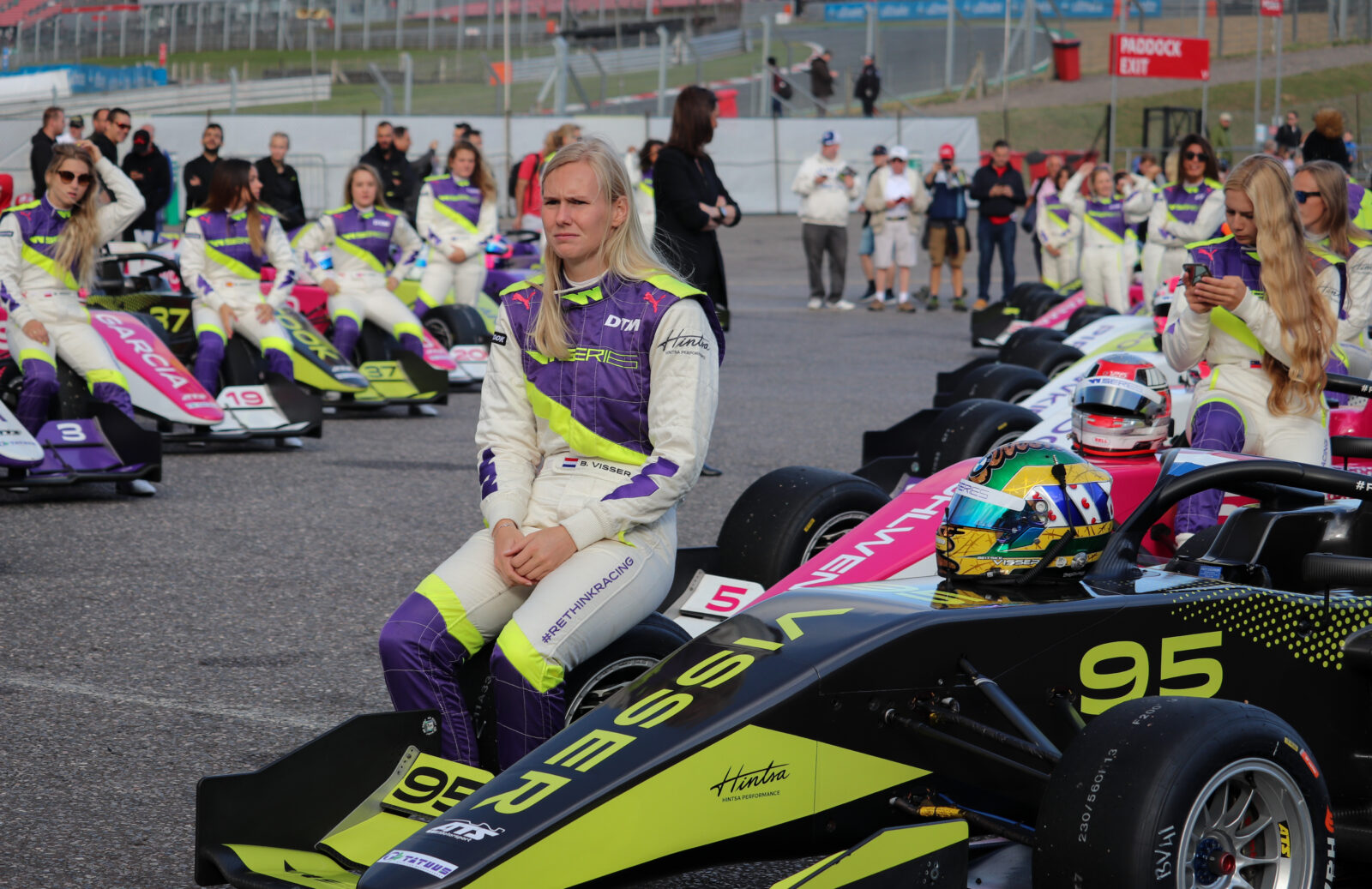
Myth #5: Separate Disciplines Helped Women Reach The Top Of Motorsports
Fact: The fact that motorsport’s history has never seen a female racer who won the races but came out of a separate series is the ugly truth of the issue, even though there were positive aspects.
For example, the W Series championship, which ran from 2019 to 2022 as a support event for Formula 1, introduced fans to female racers. Moreover, with equal opportunities and free-entry championship, females raced at fully homologated Tatuus F3 T-318 cars at an average speed of 181.29km/h, proving they could reach tier Formulas.
However, no one of the W Series drivers got a chance to take an F1 seat. Thus, championship winner Jamie Chadwick was forced to try other series. Therefore, IndyCar female driver Pippa Mann, who won the race in Kentucky and took three poles in the 2010 Indy Lights, was right in her W series criticism. She said that the championship segregates female racers, while its introduction is a sad day for motorsport.
F1 Academy And WRC Women’s Programme
Due to financial challenges, the W Series’s story ended in 2022, and the Formula 4-spec series, F1 Academy, took place in 2023.
Despite each F1 team having to promote its female racers, what are the chances of these women somehow transitioning from F1 Academy to Formula 1?
As in lock-step, the FIA WRC followed the Formula 1 example and introduced its own WRC Women’s Programme, assisting talented female rally drivers to get into the FIA Junior WRC in 2025.
Consisting of several stages, the 27-year-old women try to prove their mechanical knowledge, media skills, and mixed-surface driving ability at the wheel of Ford Fiesta Rally3 cars. The finalists receiving an annual prize and a fully sponsored FIA Junior WRC entry in 2025.
It’s an odd program, though, because despite being a tough challenge, the FIA WRC has no gender restrictions and has seen many talented females compete.

The Equal Racing: Famous Female Rally Drivers
Michele Mouton is still the best female rally car driver, but she wasn’t the first woman in WRC, as it was Christine Dacremont who had competed for 1973-1979 with Colette Galli and even finished 6th overall in the Monte-Carlo Rally in 1977.
Another French female rally driver, Marianne Fourton, finished Rally France at the wheel of the Alpine-Renault A110 in 4th place twice in 1968 and 1969.
A British Rally racing driver, Louise Dunn Aitken-Walker, raced in the FIA WRC 1979-1991. She completed 22 rallies with the best finish of 19th at the Rally Great Britain for the Mobil 1 Ford.
Italian rallying driver Paola de Martini competed in the WRC 1988-1990, finishing 9th thrice: twice in the Rally San Remo 1988 and 1990 and once in the Tour de Corse.
In 1997, the FIA WRC saw the first-ever German female rally driver. Isolde Holderied ended the Rally Monte Carlo in 8th place at the wheel of a Toyota Celica GT-Four.
Reality: To make everything possible, F1 Academy seeks to include women in Formula 1, but it is not possible because it is still a separate series, whether it is junior, support, or whatever, it has different cars and rules.
The Question Is Simple: Why Can’t Female Run Alongside Male Racers?
Former F1 driver and champion Nico Rosberg believes a lack of opportunity and interest causes there to be no female drivers on the F1 grid. But the truth is out there.
So, Why Are There No Female F1 Drivers?
At this moment, there is no other way to bring women into racing than to do it. However, it would be naive to expect a talented female F1 driver to score points soon because she needs a good mentor, manager, and sponsor – no more than every male F1 driver already has.
The Paradox Of Female Racers Or What Works?
Many women have been struggling to compete on the same level as their male counterparts. I’ve also heard weird stories about how their racing dreams had been breaking down due to men’s dominance at each stage.
The path of a female racing driver is difficult. On the other hand, the constant struggle led Sarah Christian, Janet Guthrie, Lella Lombardi, Odette Siko, Jutta Kleinschmidt, Michèle Mouton, and others to break the rules.
I think the paradox of women racers is that breaking boundaries and stereotypes makes them unique, but not every female who starts motorsport is ready for the actual fight.
These days, each F1 team has more than 10% female employees, according to ESPN. However, these women work in different roles, including senior, but at the same level as the men. It means that barriers have finally been broken. If the motorsport series follows this example, it will come the days we will see F1 female drivers on the grid.
Until then, as soon as the live stream of the fancy and glamorous race ends, the weekdays begin, where most women must wait behind closed doors for opportunities that may never come. But it is only when the next race week begins again that the hope of the female racer comes alive.

